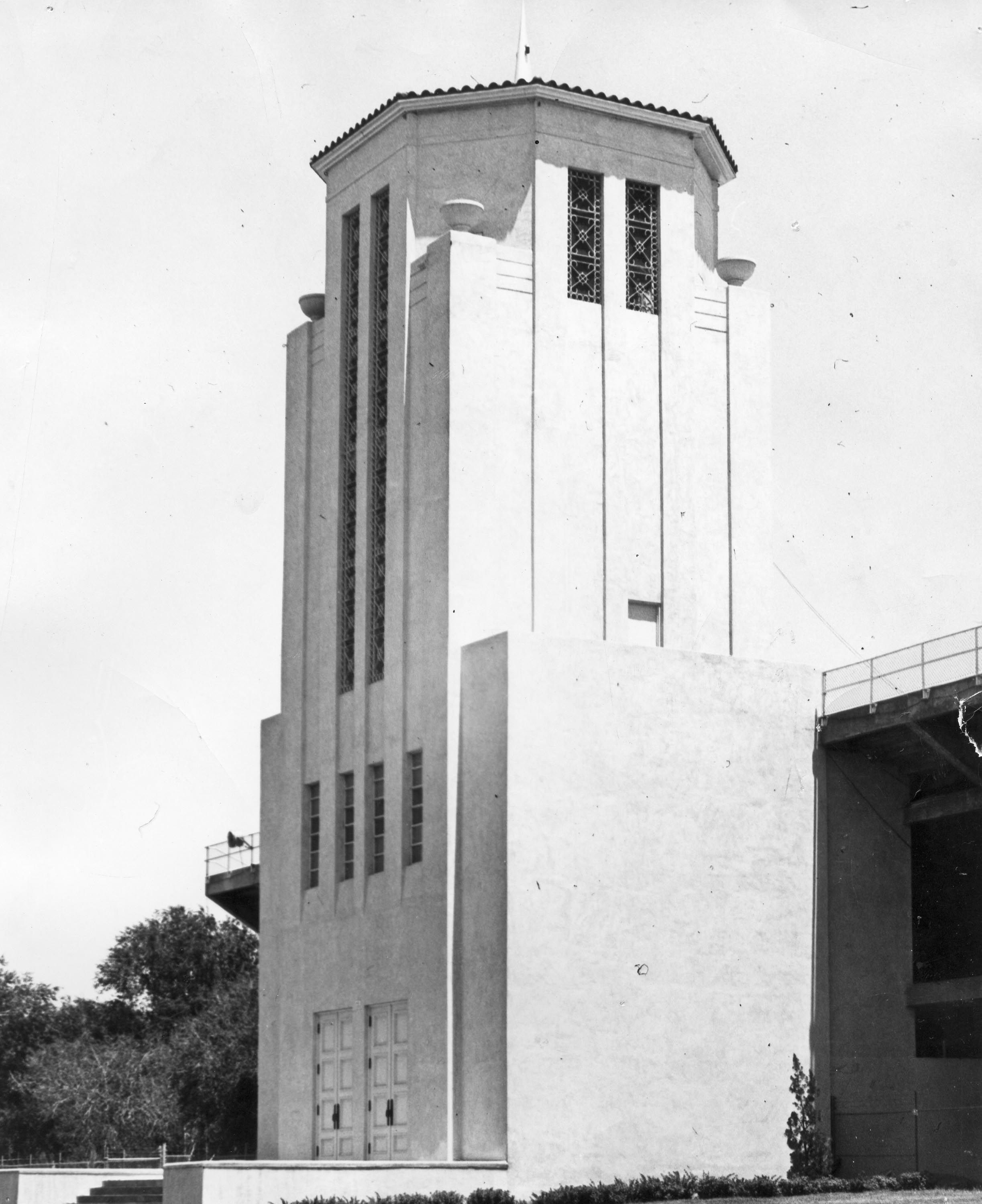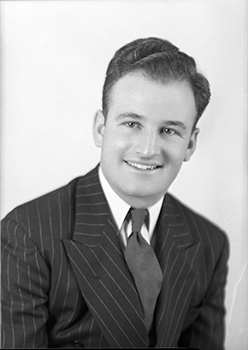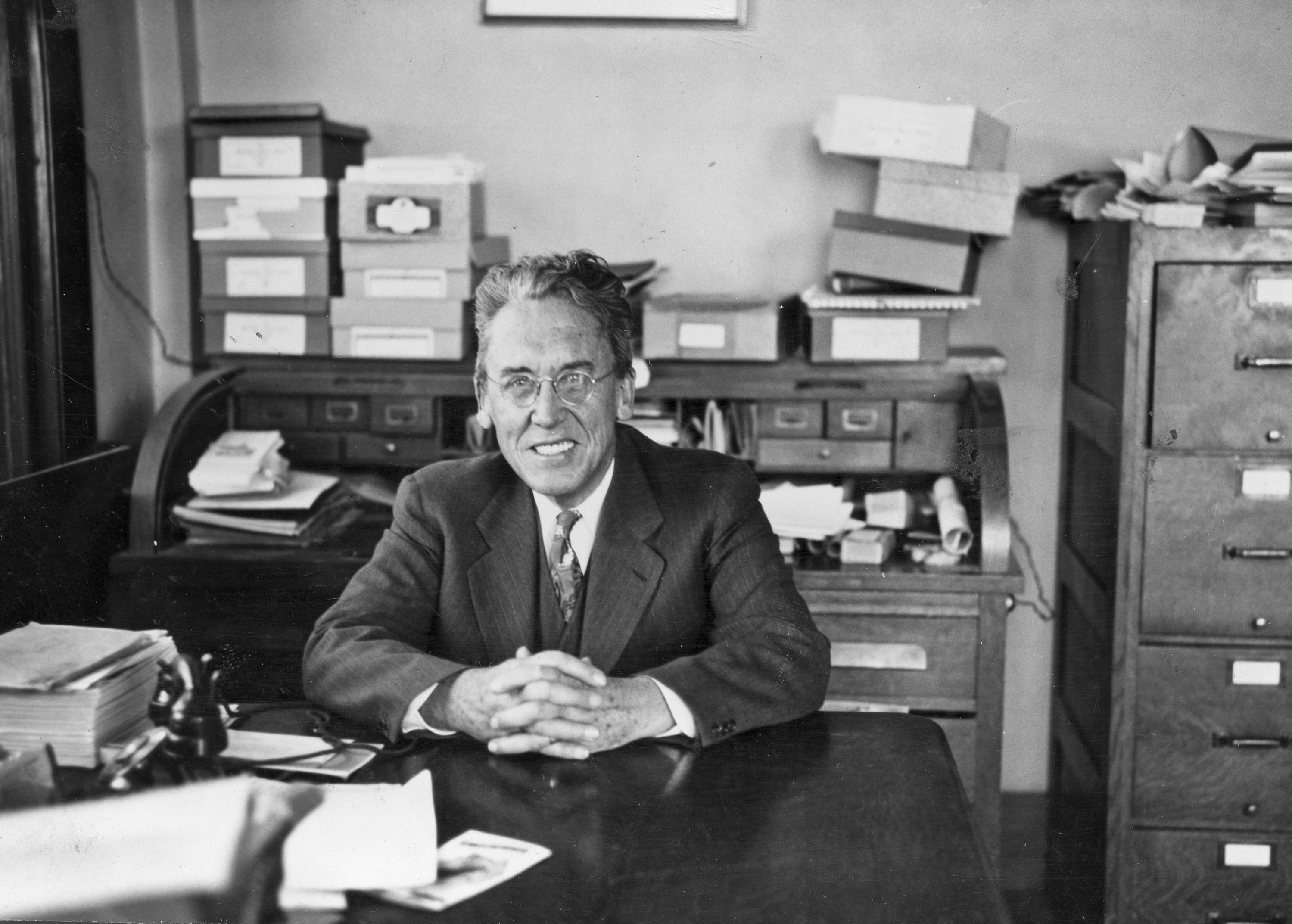Aggies at War
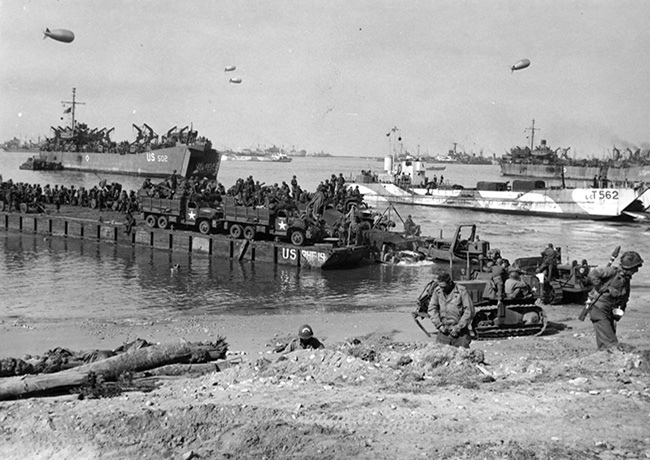
Landing on Omaha Beach
US Navy Seabee Museum photograph
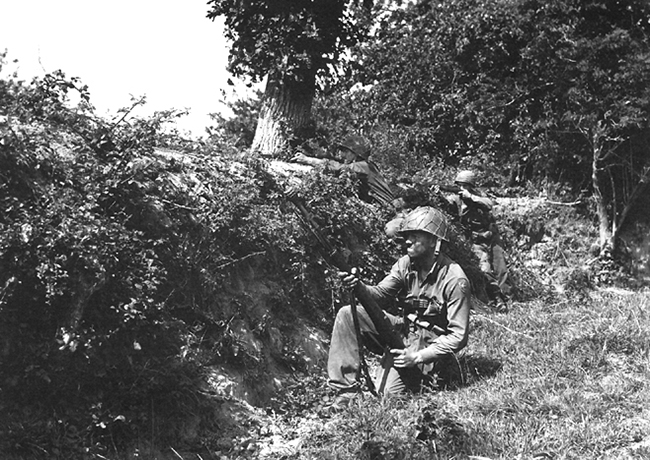
Battle of the Hedgerows
US Army photograph
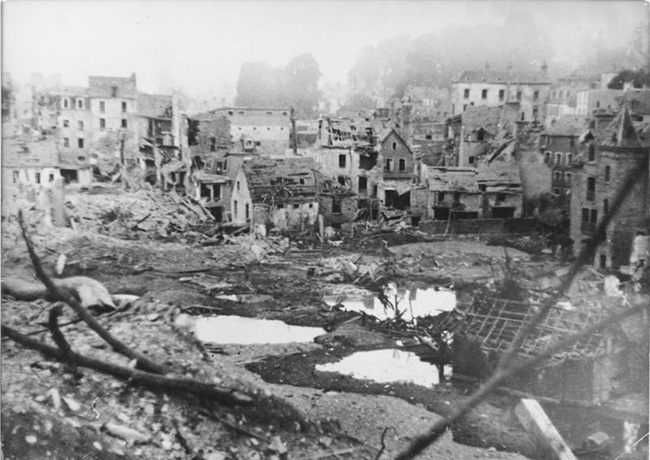
Destruction of St. Lo
German Federal Archives photograph
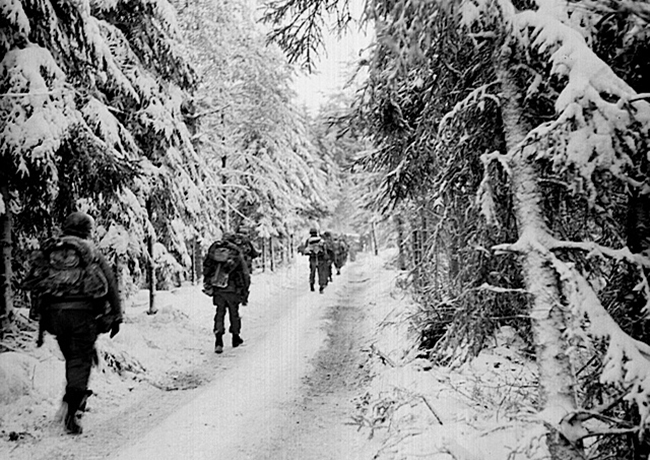
517th Precinct in the Hurtgen Forest
US Army photograph
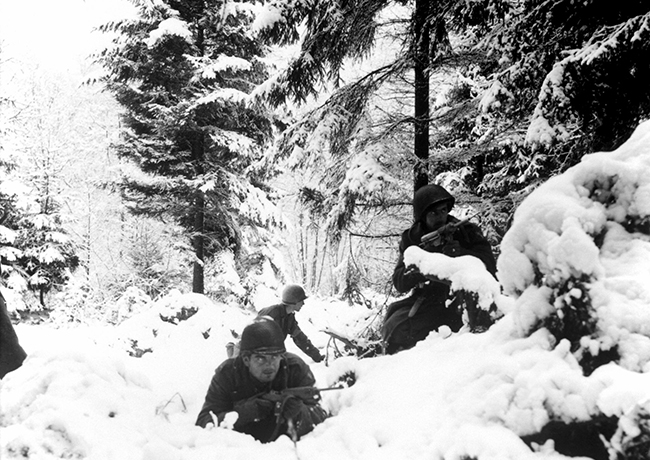
American infantrymen of the 290th Regiment fight in fresh snowfall near Amonines, Belgium. January 4, 1945
US Army photograph

Battle of the bulge – The 101st Airborne troops move out of Bastogne, after having been besieged there for ten days, to drive the enemy out of the surrounding district. Belgium December, 31, 1944
US Army photograph
The June 6, 1944 landings on the beaches of Normandy (Operation Overlord) were just the beginning of the Allied efforts to defeat Germany in Europe. It alone took until July 4 to land a million men, nearly 150,000 vehicles, and over 100,000 tons of supplies. The liberation of France met with fierce and costly counterattacks until the Allied armies were finally able to force the Germans’ retreat across the Seine, resulting in the liberation of Paris, on August 25, 1944. The Allied advance from Paris to the Rhine occupied the following six months. The most famous offensives of this period, the Battle of the Bulge, Bastogne, and Ardennes Forest, overshadowed the Battle of the Hürtgen Forest, generally regarded as an expensive defeat for the Allied forces.
Aggies participated in these actions in many capacities: as medics, snipers, parachutists (82nd and 101st Airborne Divisions), in tank battalions (the fabled 12th Armored Division), the military police, and Signal Operations, as personnel or mail clerks at HQ, tactical officers, as airborne glider crews, combat engineers, members of a band, anti-aircraft artillery specialists, interpreters, rifle company or battalion commanders, pilots in tactical reconnaissance squadrons, members of bomb disposal squads.
Thirteen Aggies were killed, many were wounded and decorated, and some ended up as prisoners of war. Some wrote moving, often eloquent letters back to the college relating their experiences during this period. In the following exhibit, we wish to honor many of those participants through photographs and correspondence maintained in the New Mexico State University’s Archives and Special Collections Department. Principal sources are the Letters of Dean of Engineering Daniel B. Jett; the Era Rentfrow Papers from the Records of the NMSU Registrar’s Office; and the NMSU publication, The Whole Damned World: New Mexico Aggies at War: 1941-1945.
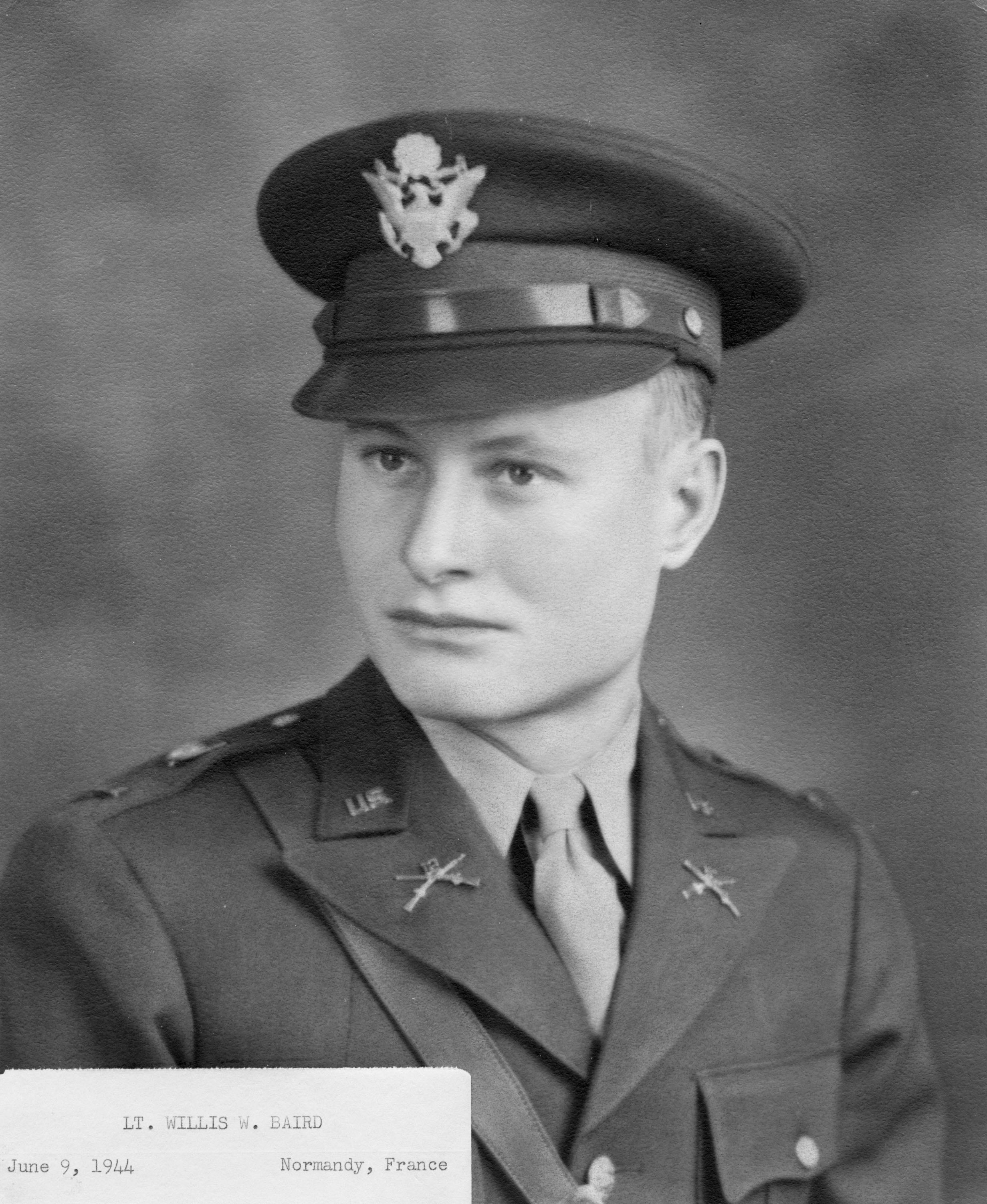
Lt. Willis W. Baird
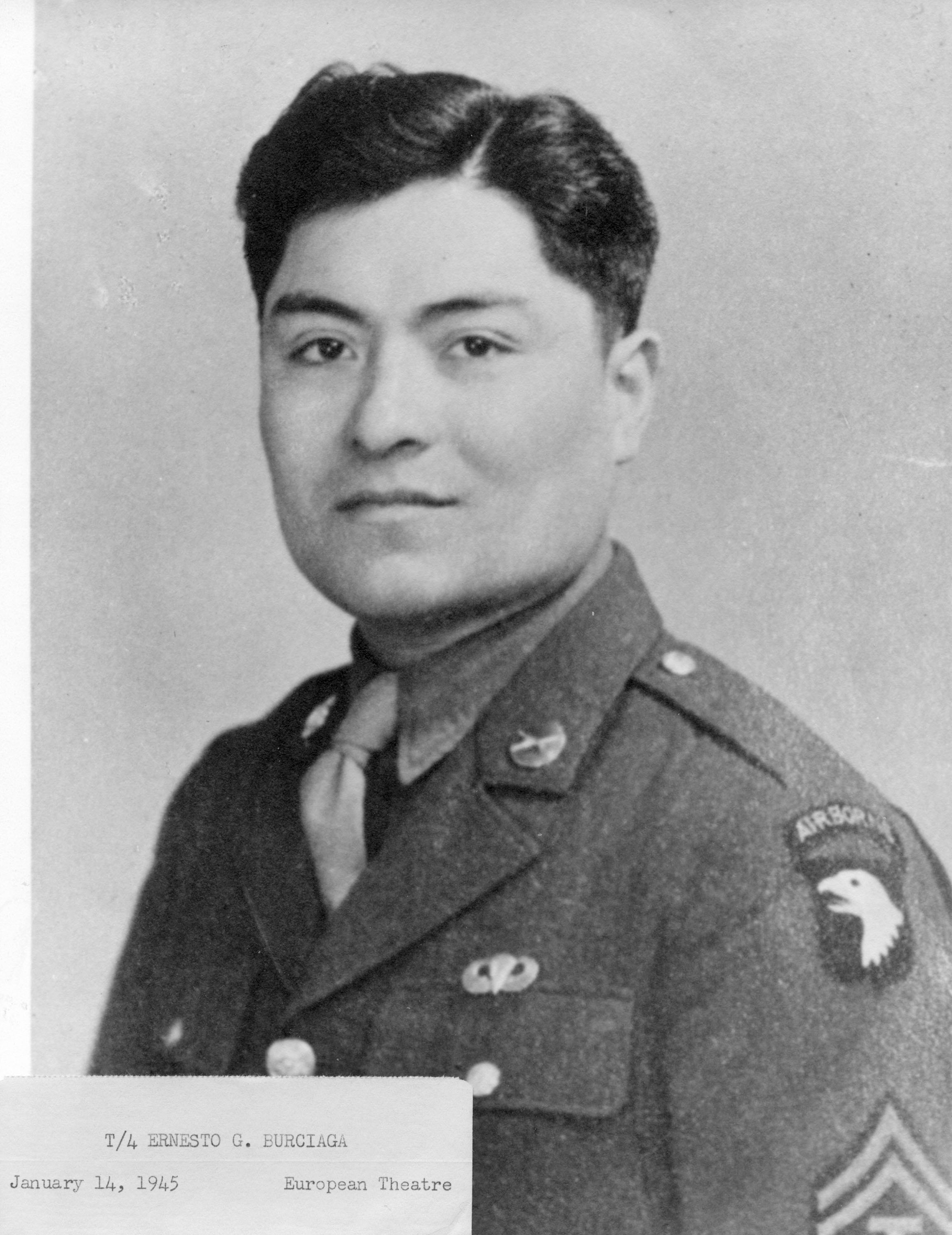
T/4 Ernesto G. Burciaga
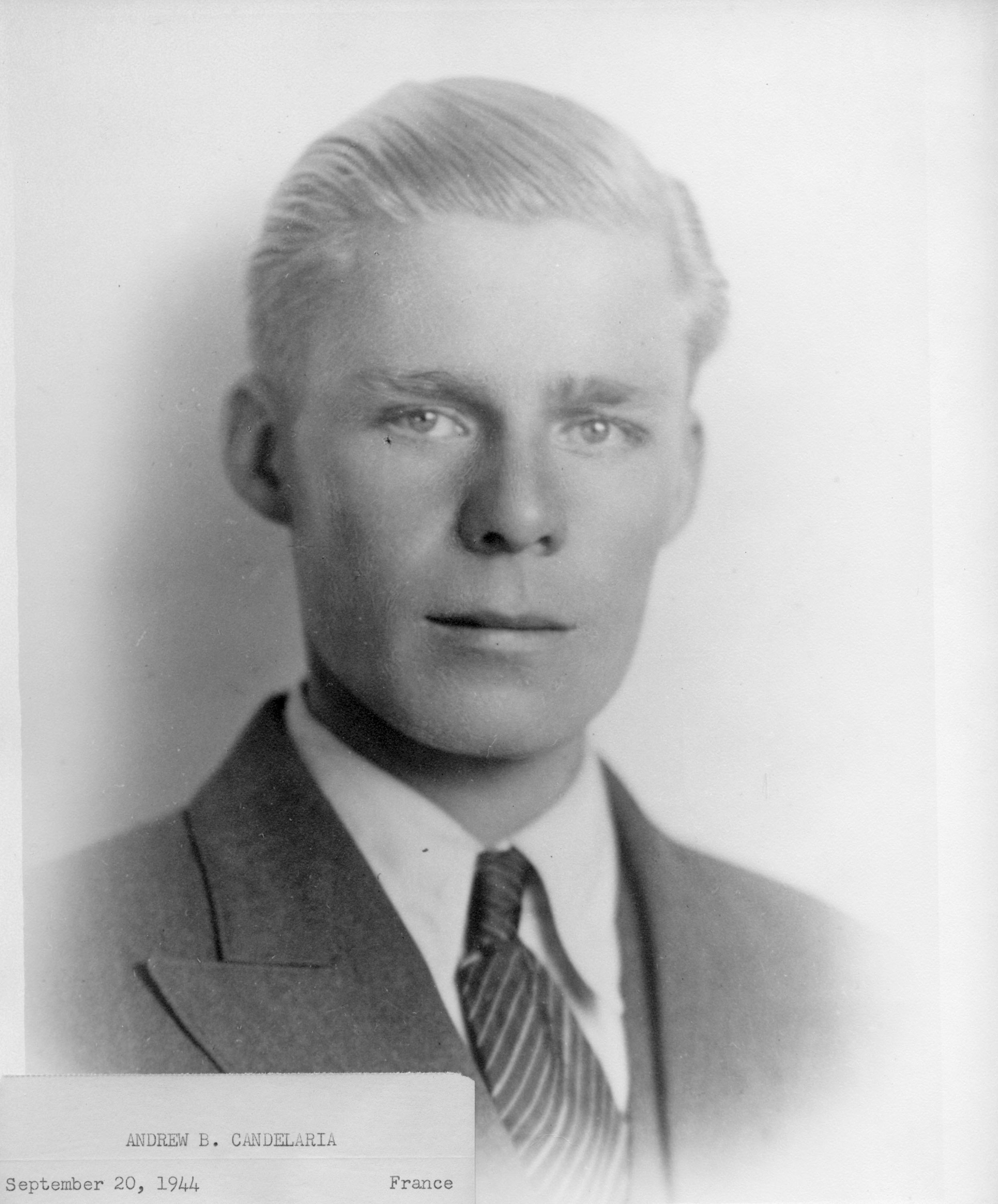
Andrew B. Candelaria
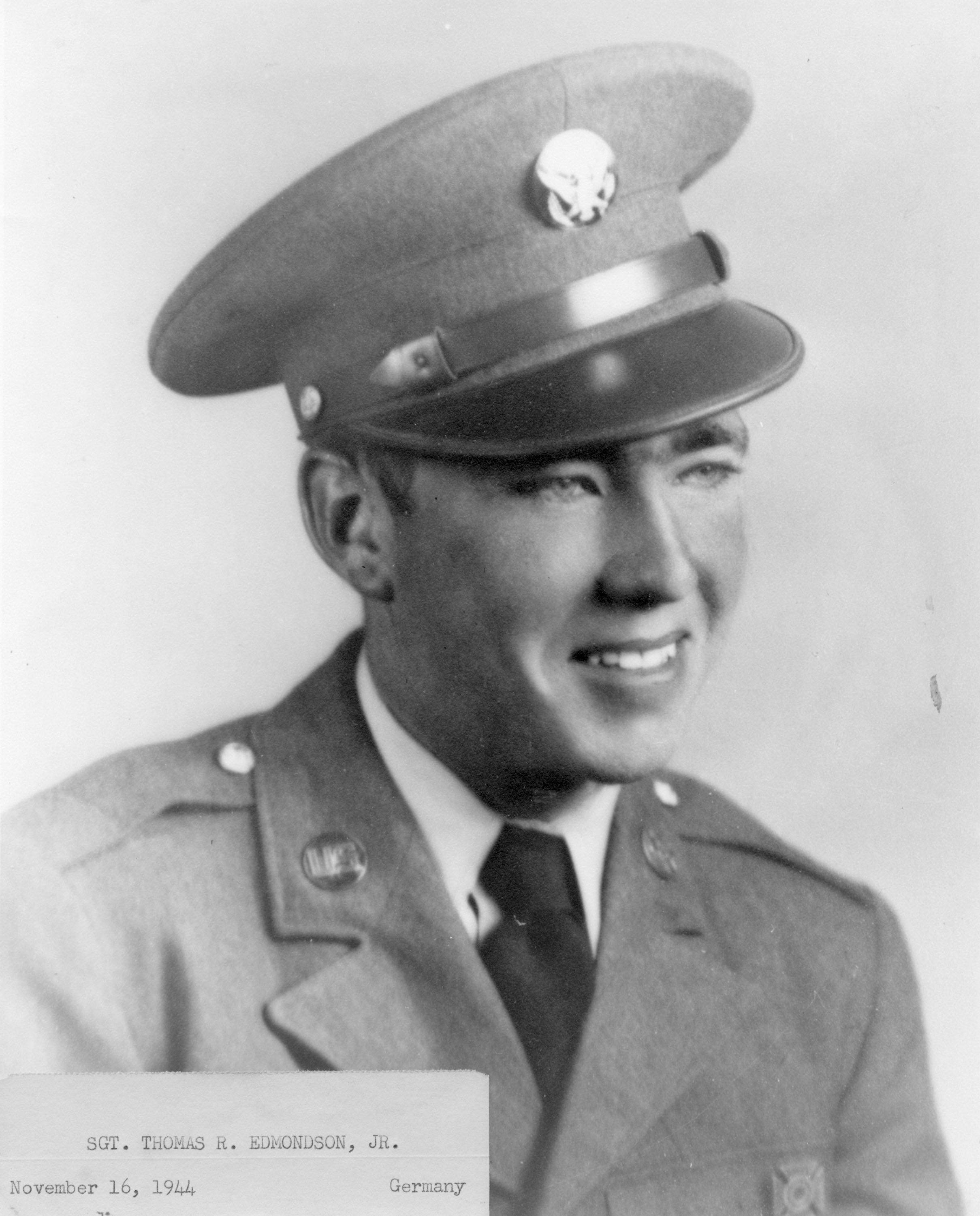
Sgt. Thomas R. Edmondson, Jr.
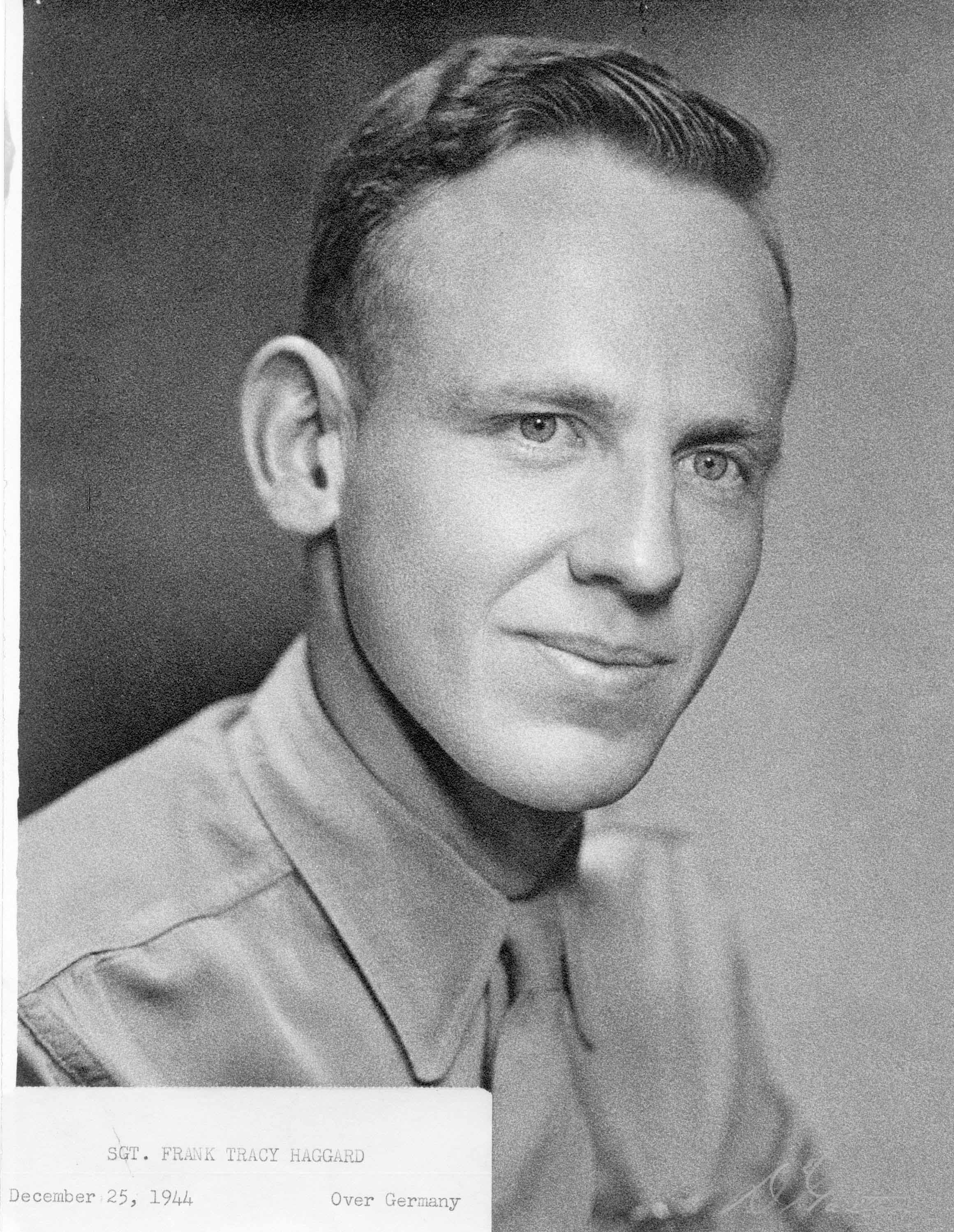
Sgt. Frank Tracey Haggard

Lt. William W. Harris
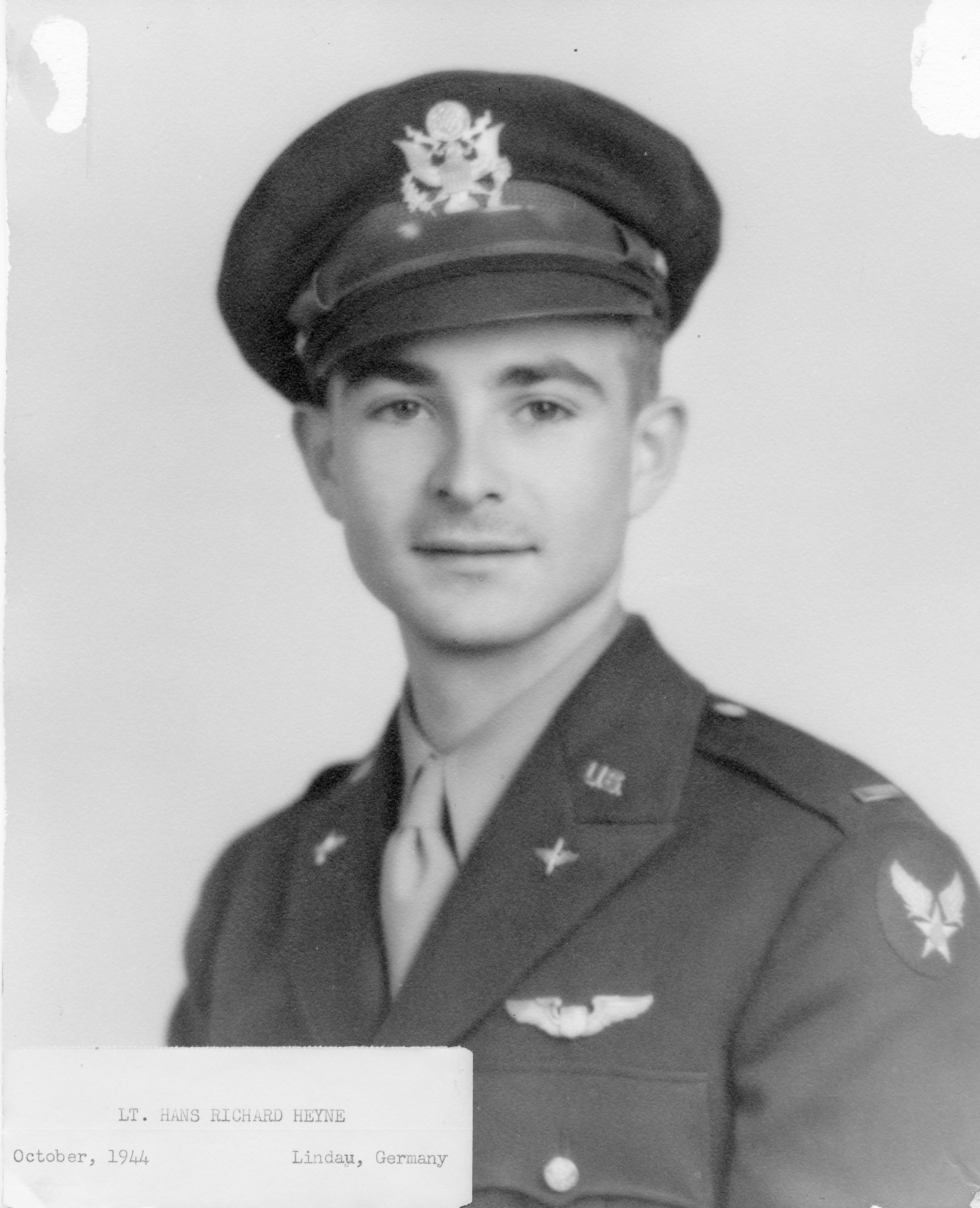
Lt. Hans Richard Heyne
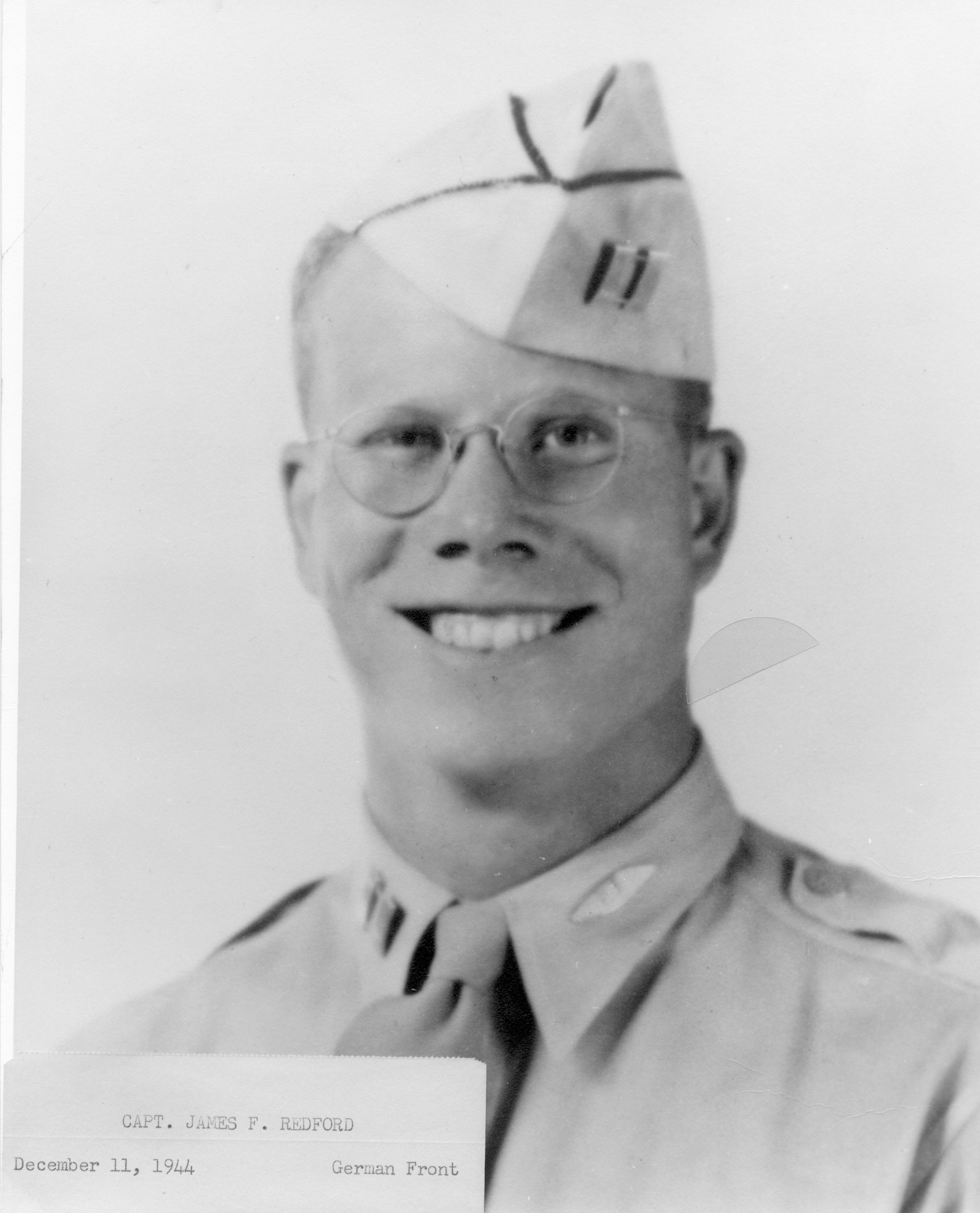
Capt. James F. Redford
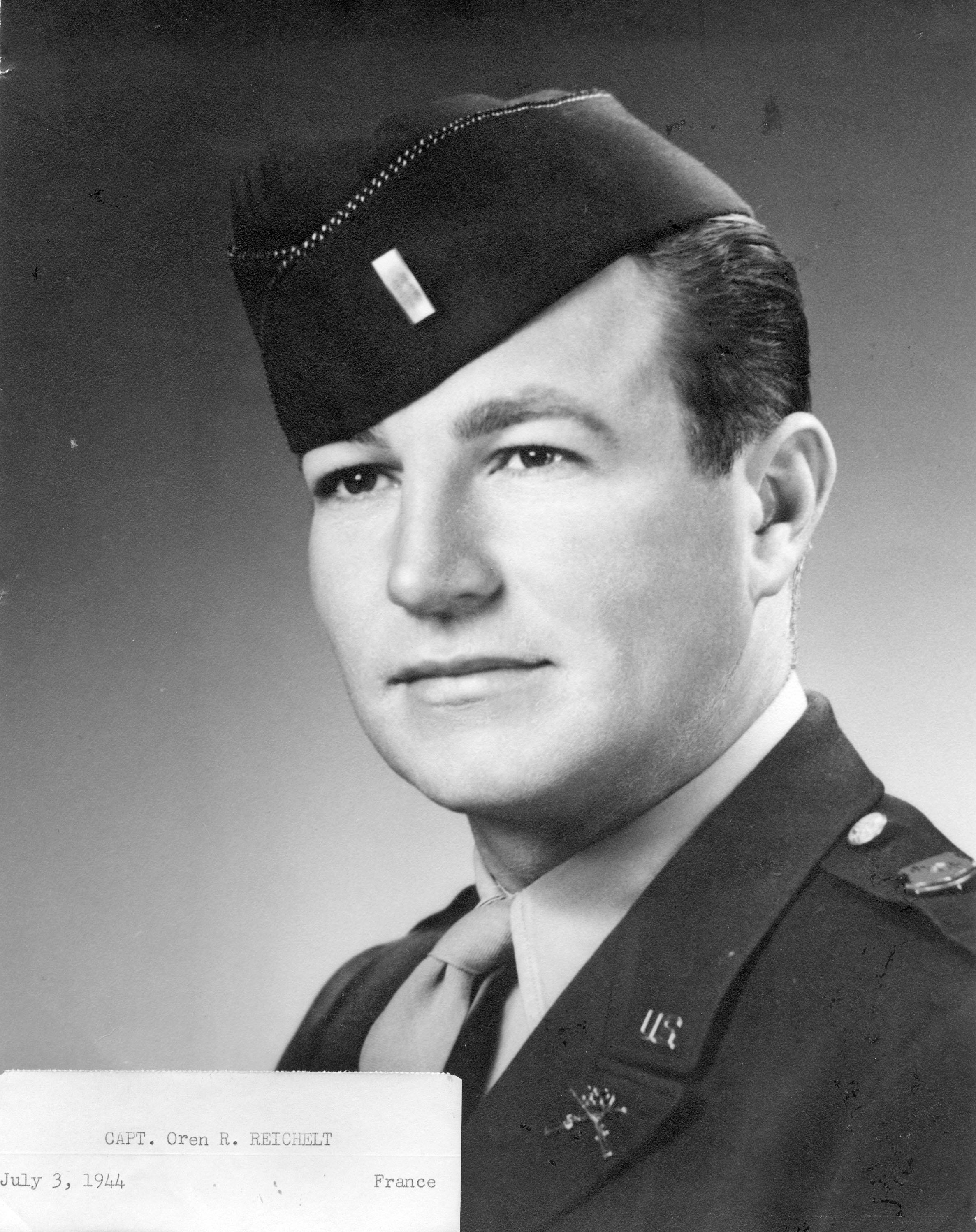
Capt. Oren R. Reichelt
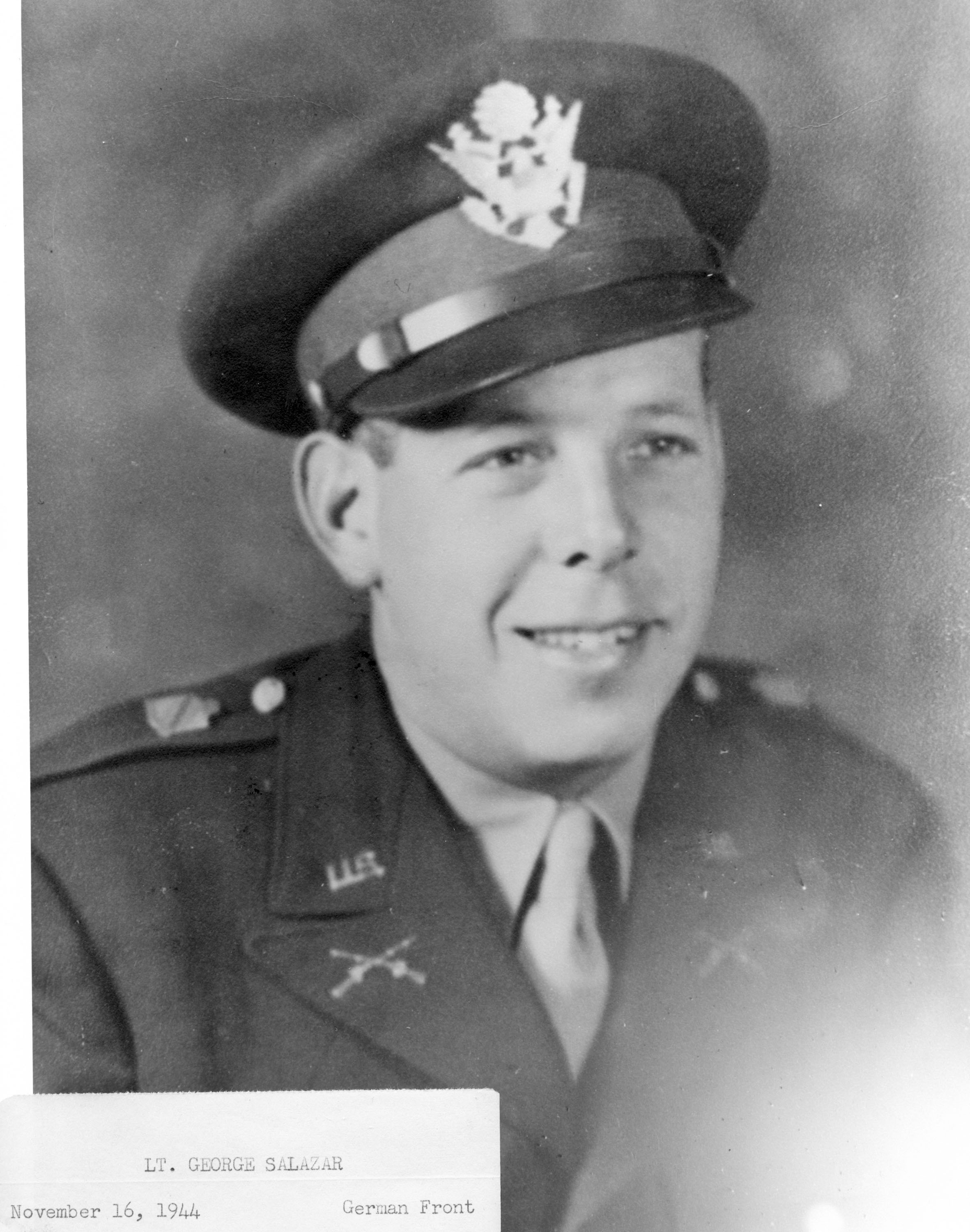
Lt. George Salazar
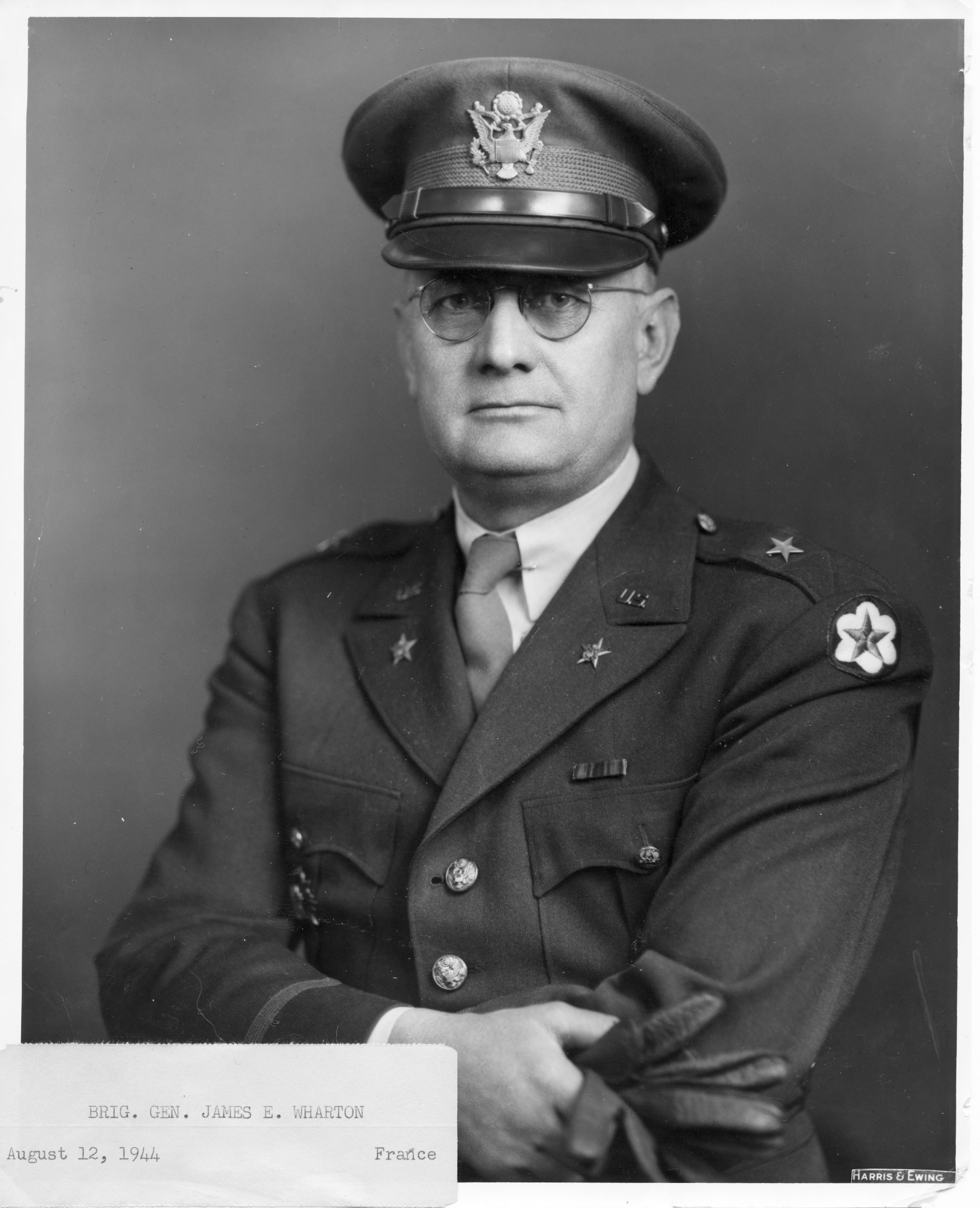
Brig. Gen. James E. Warton
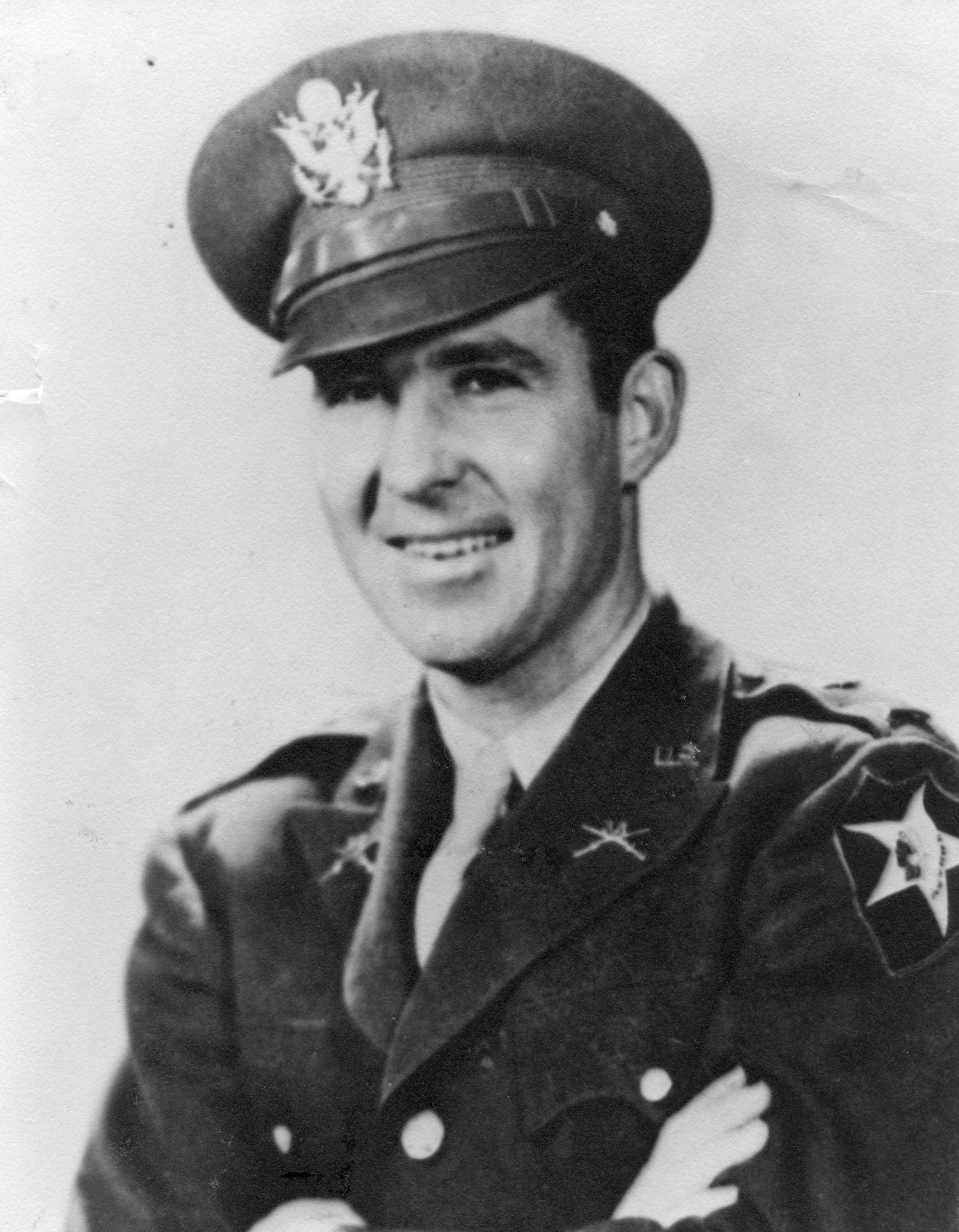
Lt. Delmar Yenzer
- Lt. Willis W. Baird ‘42, June 9, 1944, Normandy Beach, Infantry
- Ernesto G. Burciaga ’41, January 14, 1945, 502nd Paratroop Infantry
- Pvt. Andrew B. Candelaria, September 20, 1944, France
- Cpl. Thomas R. Edmondson ’43, November 16, 1944, Germany
- Sgt. Frank Tracy Haggard, December 25, 1944, Over Germany
- Lt. Vernon Hall [ASTP], January 15, 1944, 42nd (Rainbow) Division, Alsace, Lorraine
- Lt. William Harris, June 18, 1944, France
- Lt. Hans Richard Heyne, October 29, 1944, Lindau, Germany
- Cap’t. James F. Redford, December 11, 1944, German Front
- Capt. Oren Reichelt, July 3, 1944, 359th Infantry Regiment, France
- Lt. George Salazar, November 16, 1944, Germany
- Brig. Gen. James Wharton, August 12, 1944, France
- Lt. Delmar Yenzer, June 13, 1944, Normandy
20 Nov 1944
Dear Prof. Jett,
This afternoon, I half believed that I cried. That’s a strange statement but it's true. The names of those deceased and injured were just names until I came to the names of those that I knew intimately like “Copper” Harris “killed”. It doesn’t seem so long ago that I was sitting in the classes with him or walking across the campus or gabbing in the Dorm. It's hard to believe. It isn’t right. Then I read about the rest of the class that graduated with me being wounded or missing, it is hard to realize that I won’t see them again.
Right now my thoughts go back to our senior year when the drive for a War Memorial Fund sort of deteriorated. A Memorial, even that at this time seems like an idle gesture. The memory of those friends is by far a greater memorial to them than an inanimated slab of stone. I wonder now how we would have contributed if we knew how much we would lose, and it is a loss, greater than I ever believed it would ever be. I suppose that I feel it so badly because I spent the best years that I’ve known so far down there at Aggies and all the men I knew were an integral part of that memory. What can we do to really keep them with us?
Letter from Lt. Bernard Kaplan to Professor Daniel B. Jett
During the initial siege of the Normandy beachheads, no one had the time to write home, let alone to a former engineering professor from a college back home. However, a few weeks later in the relative security of a Normandy “hay mow”, Lt. Daniel Harris “Red” Howell, Class of 1942, wrote to Dean Daniel B. Jett “just a line to let you know I am O. K.” and to report on the fates of some fellow Aggies. Howell, himself, survived the fierce fighting in Normandy, the eventual liberation of France, and the war. He earned a Purple Heart, Bronze and Silver Stars, a Combat Infantry Badge, a Croix de Guerre with Palm, a Normandy Invasion “Arrowhead” and a promotion to Captain.
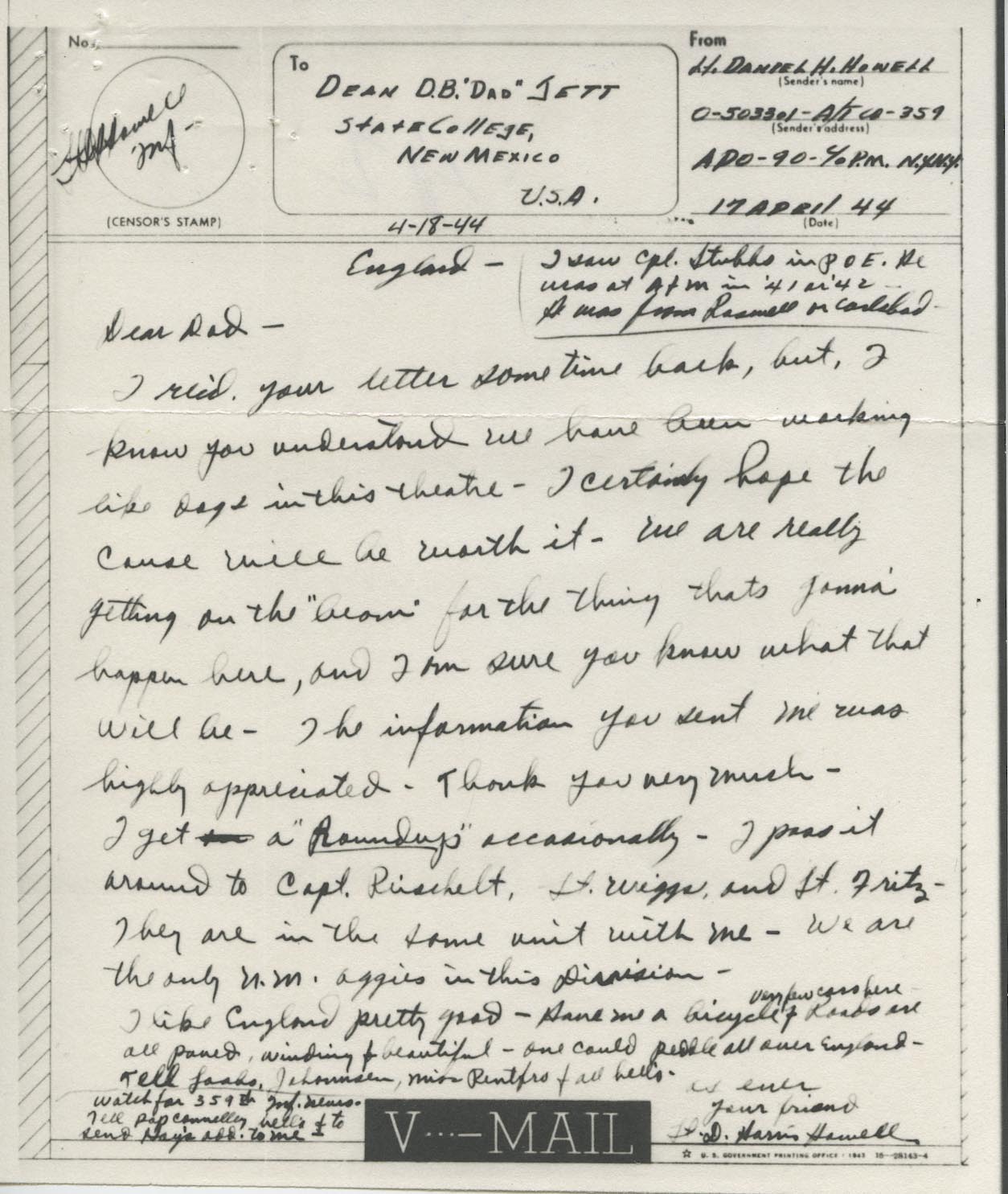
Letter to Dean Daniel B. Jett from Lt. Daniel Harris “Red” Howell
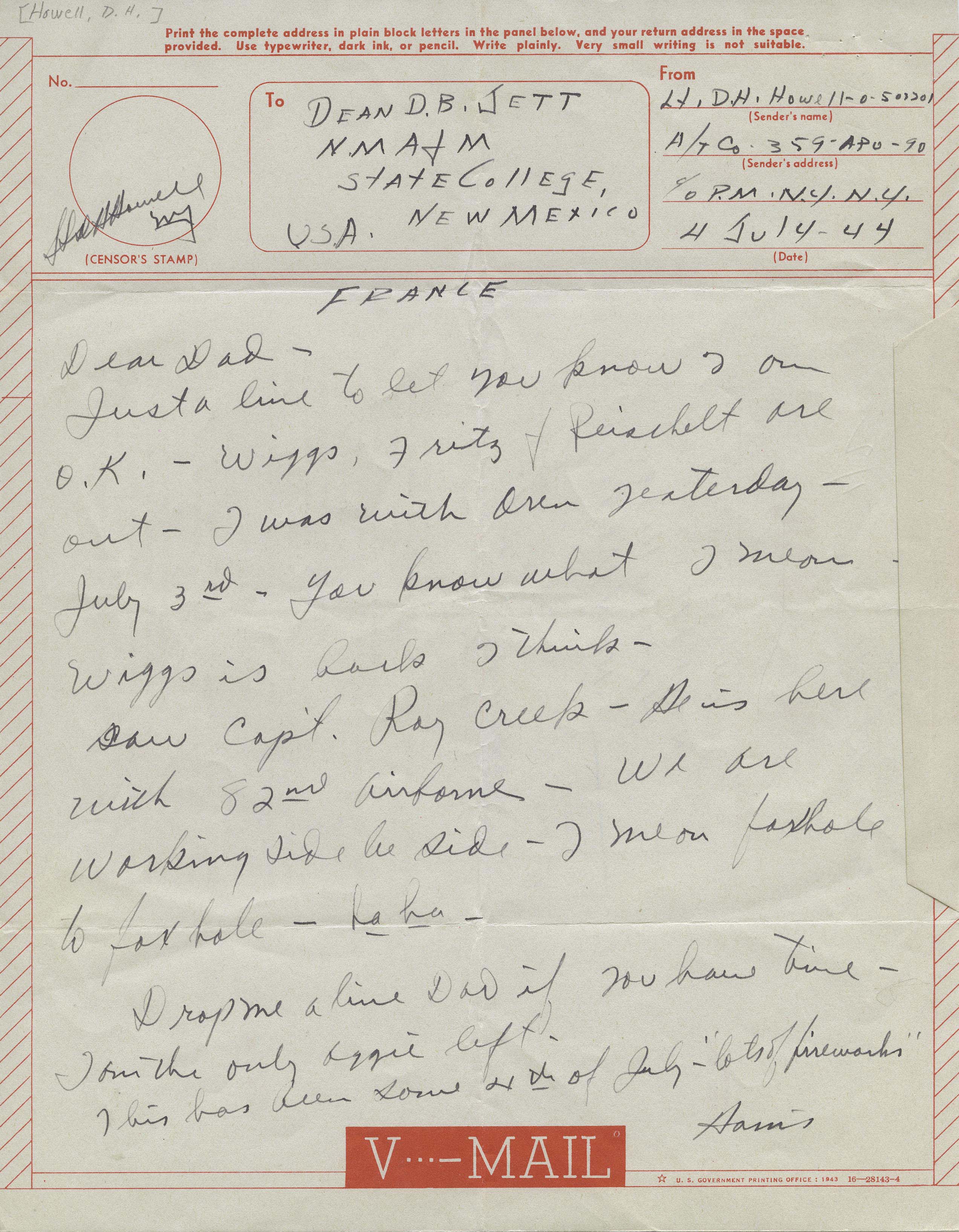
Letter to Dean Daniel B. Jett from Lt. Daniel Harris “Red” Howell

Letter to Dean Daniel B. Jett from Lt. Daniel Harris “Red” Howell
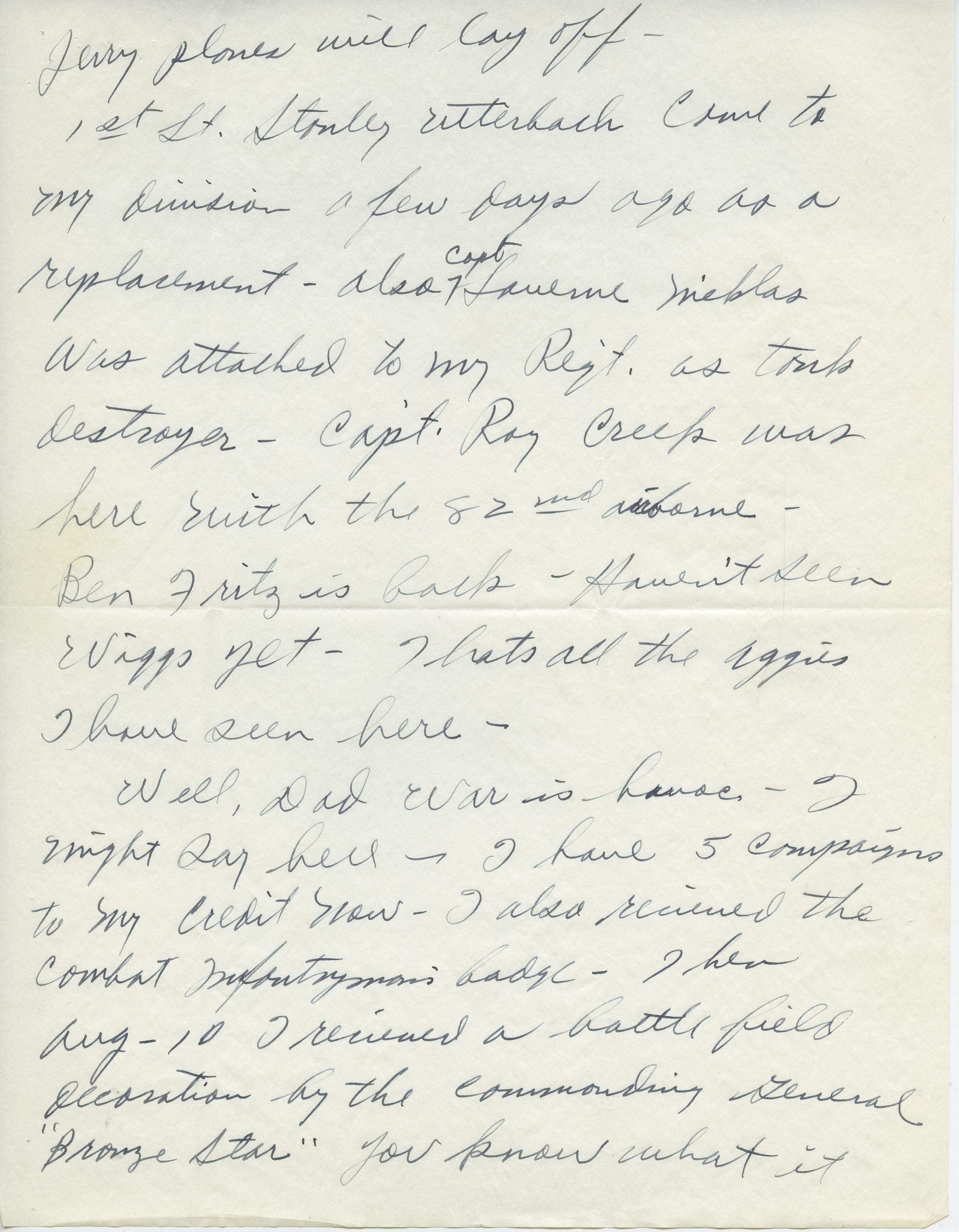
Letter to Dean Daniel B. Jett from Lt. Daniel Harris “Red” Howell
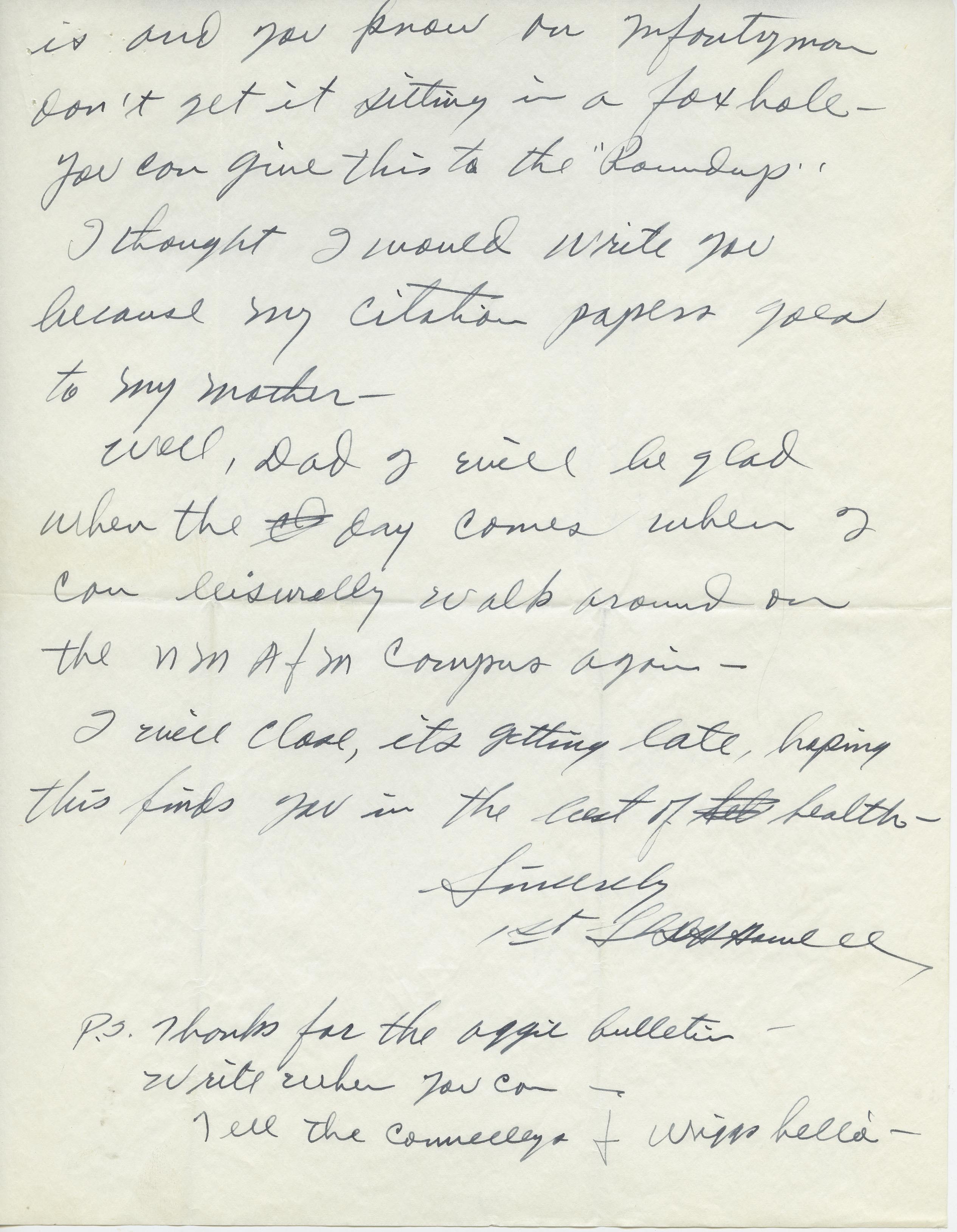
Letter to Dean Daniel B. Jett from Lt. Daniel Harris “Red” Howell

Letter to Dean Daniel B. Jett from Lt. Daniel Harris “Red” Howell
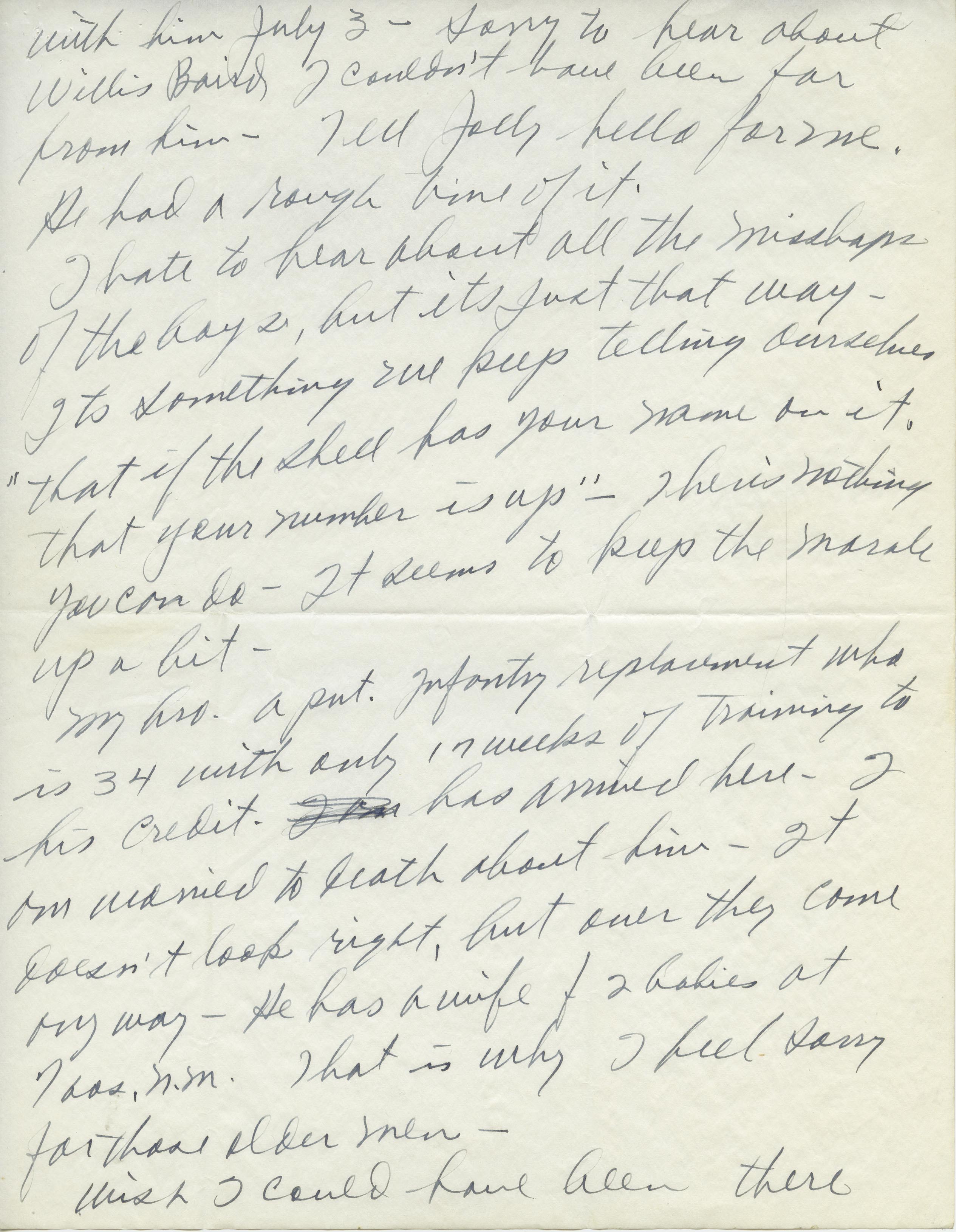
Letter to Dean Daniel B. Jett from Lt. Daniel Harris “Red” Howell
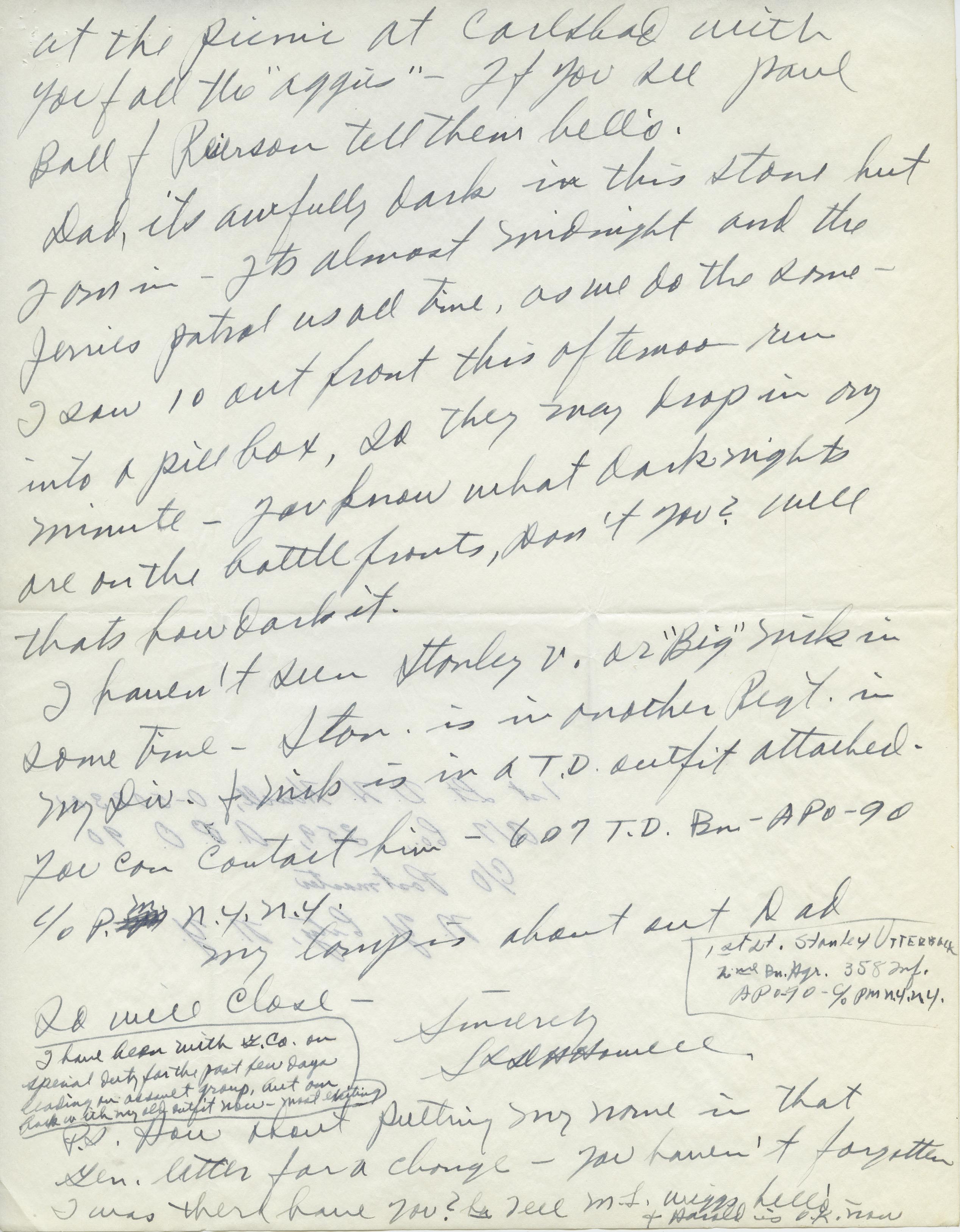
Letter to Dean Daniel B. Jett from Lt. Daniel Harris “Red” Howell
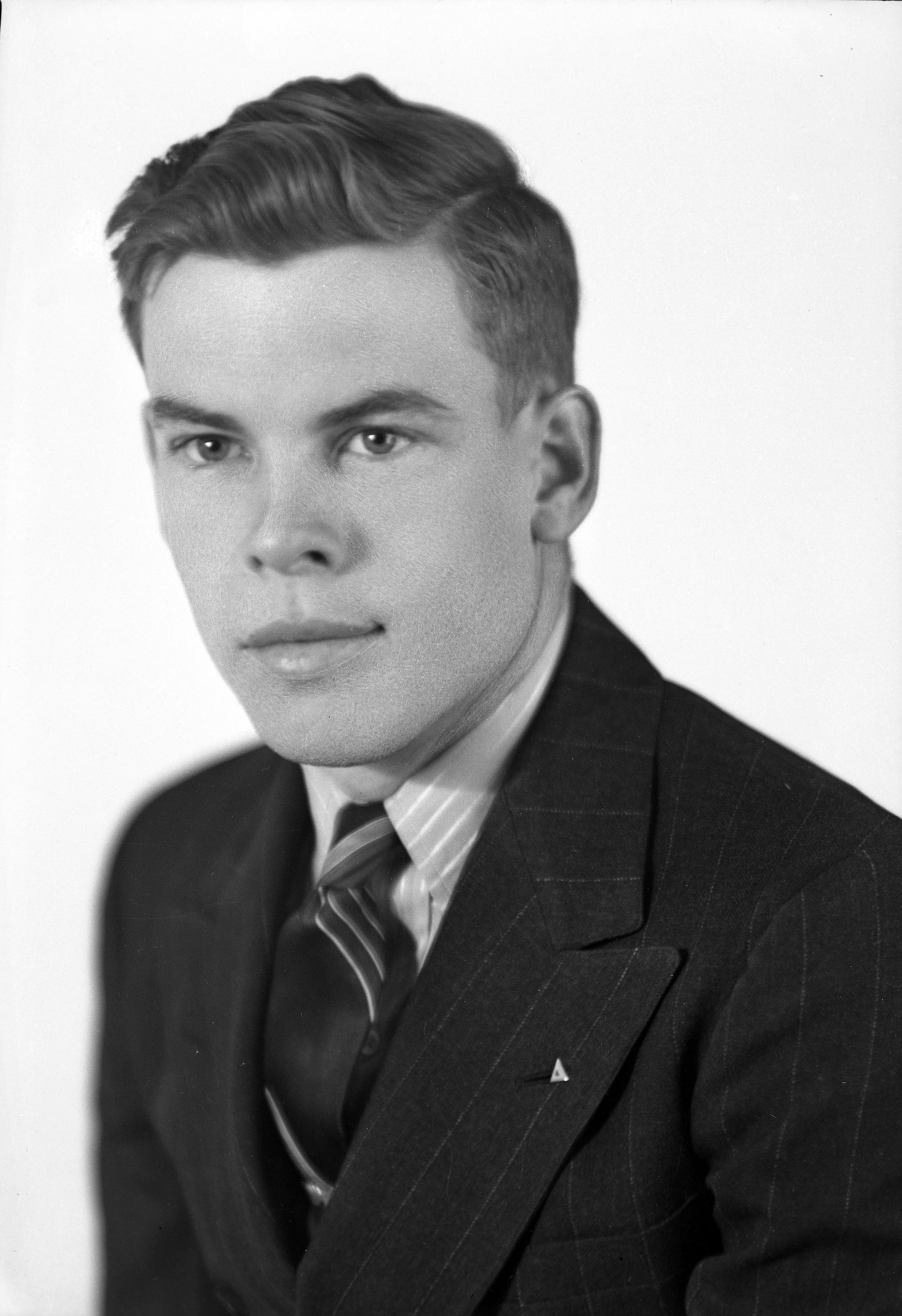
Pfc. Allen H. Beck
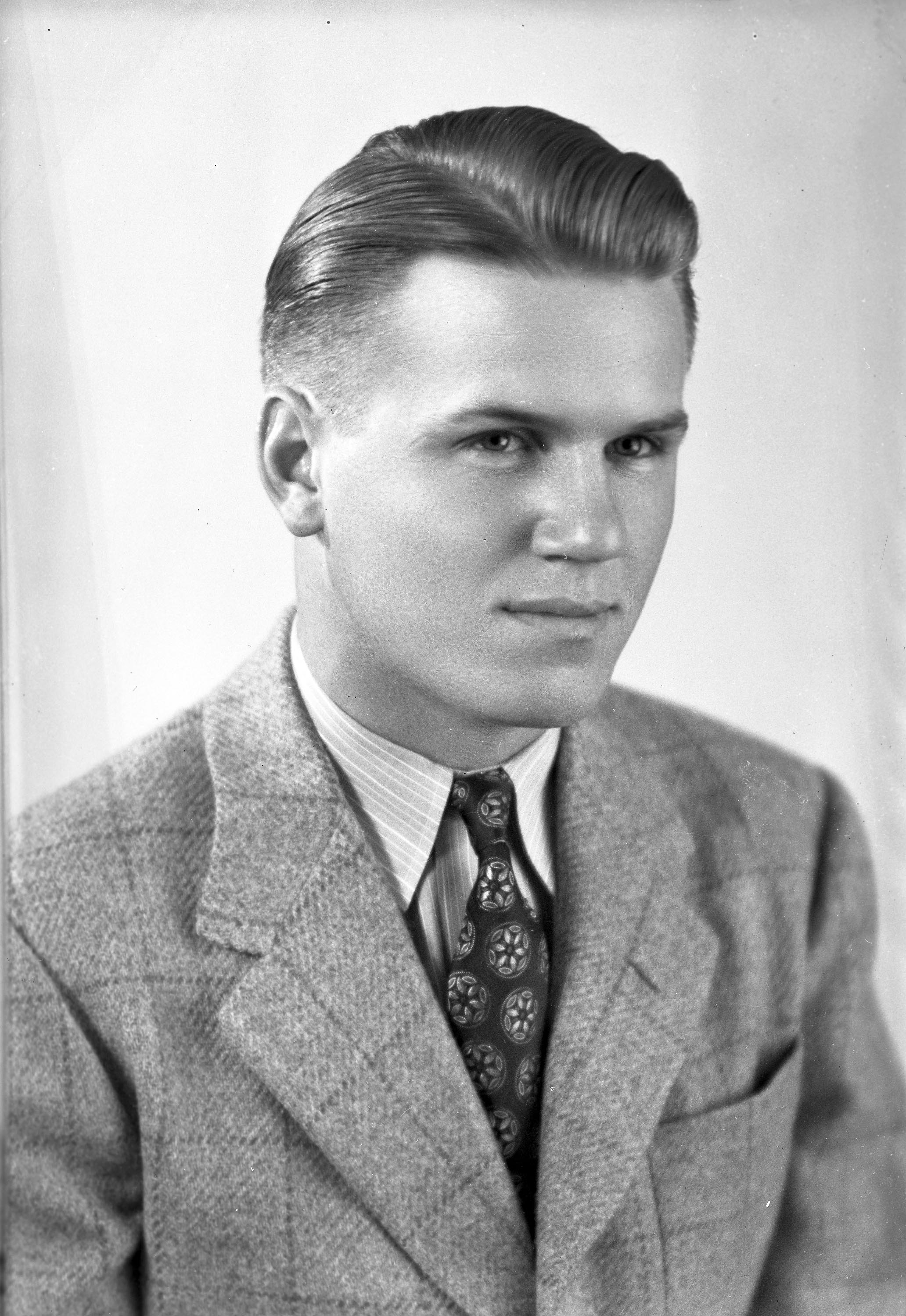
Lt. Jesse Max Beene
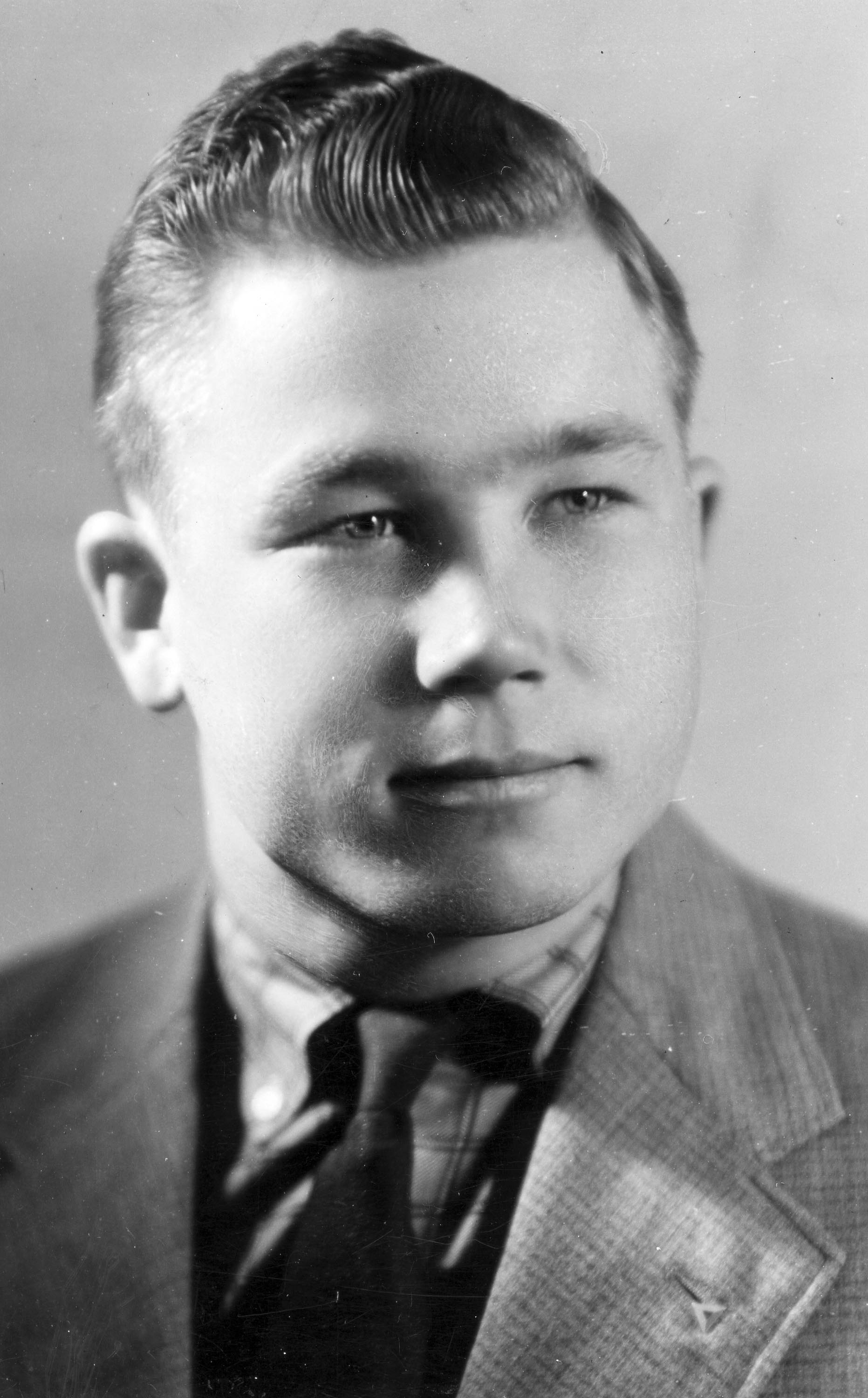
Capt. Donald A. Brown
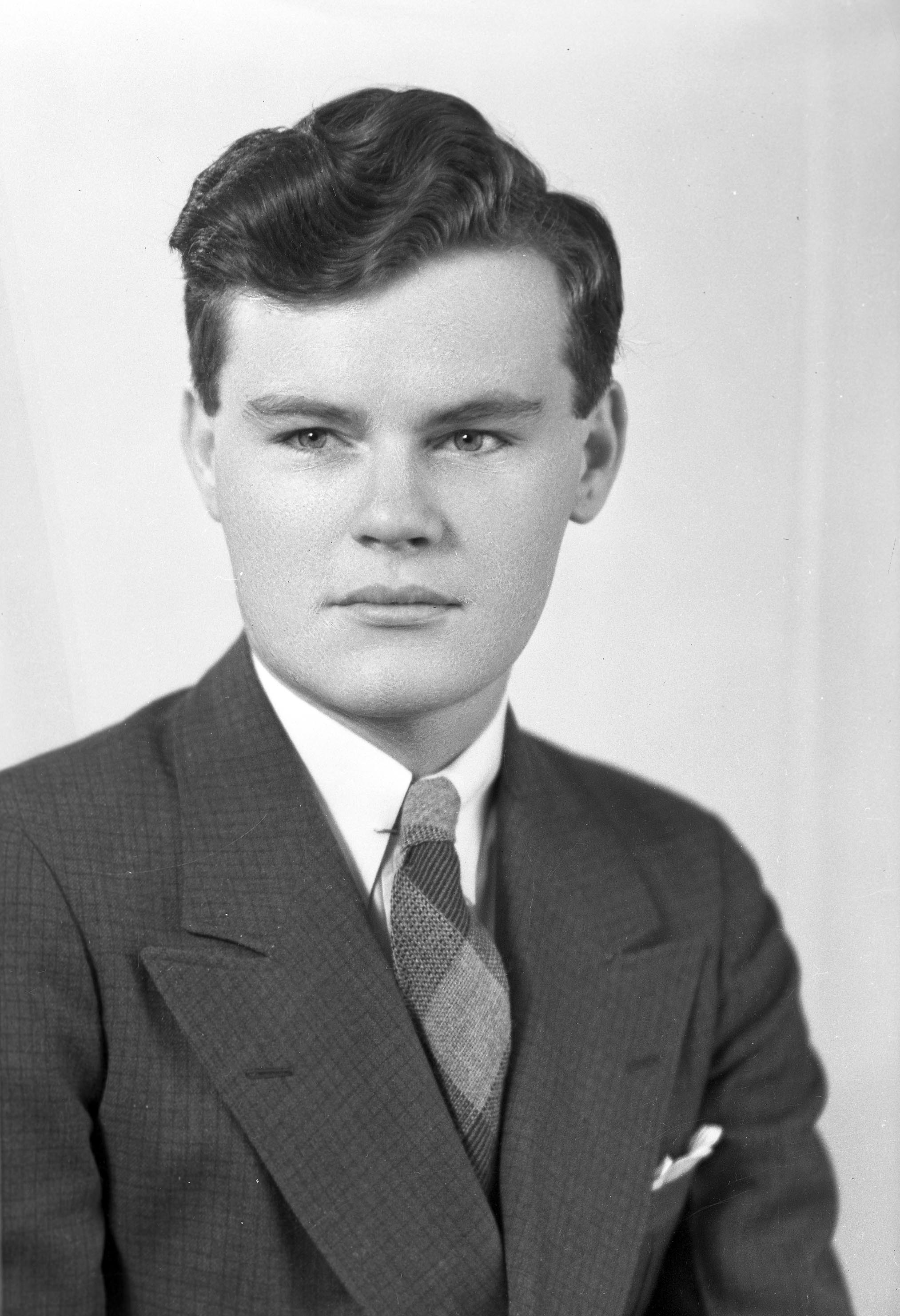
Sgt. Francis W. Cade
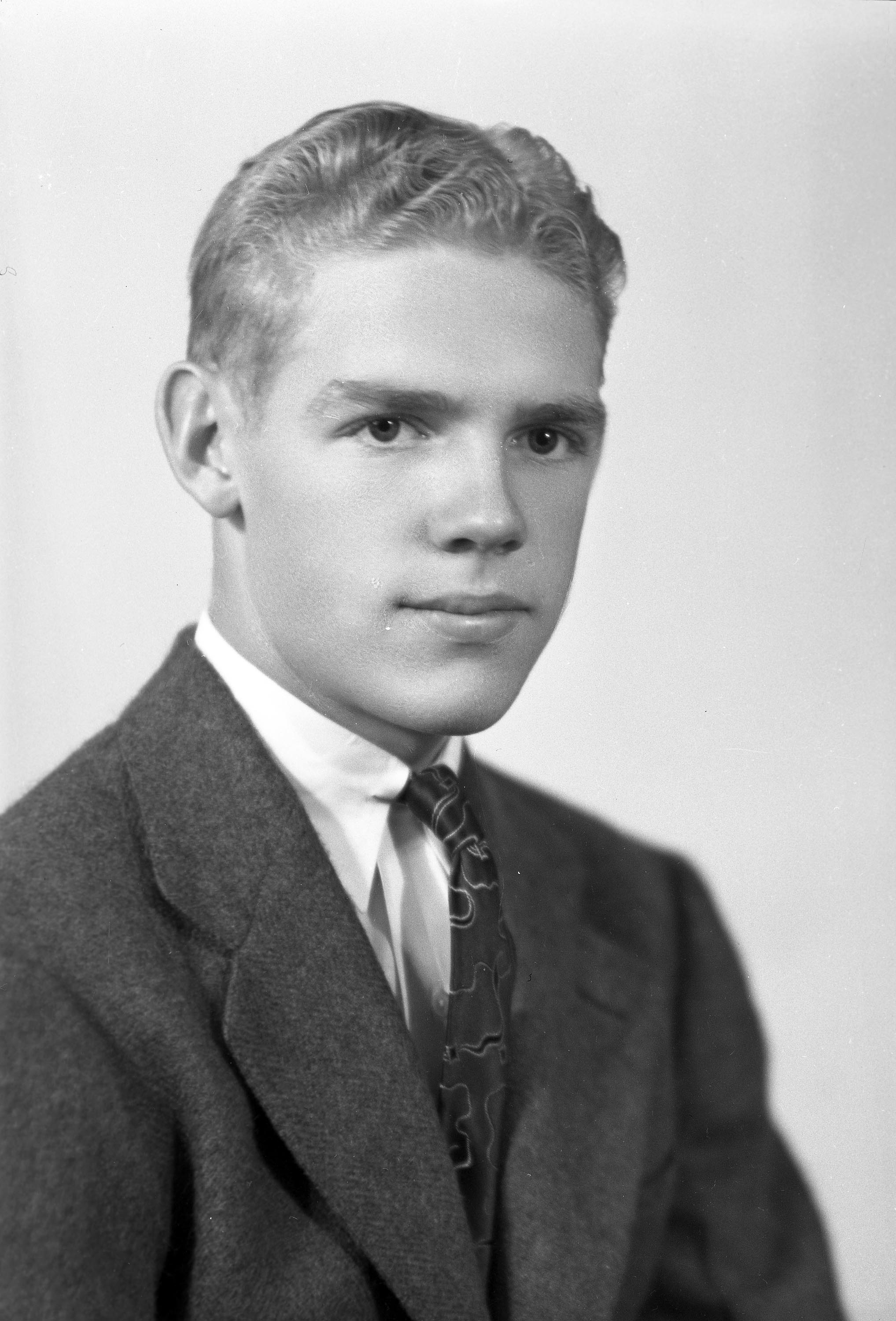
Cpl. Woods T. Clark
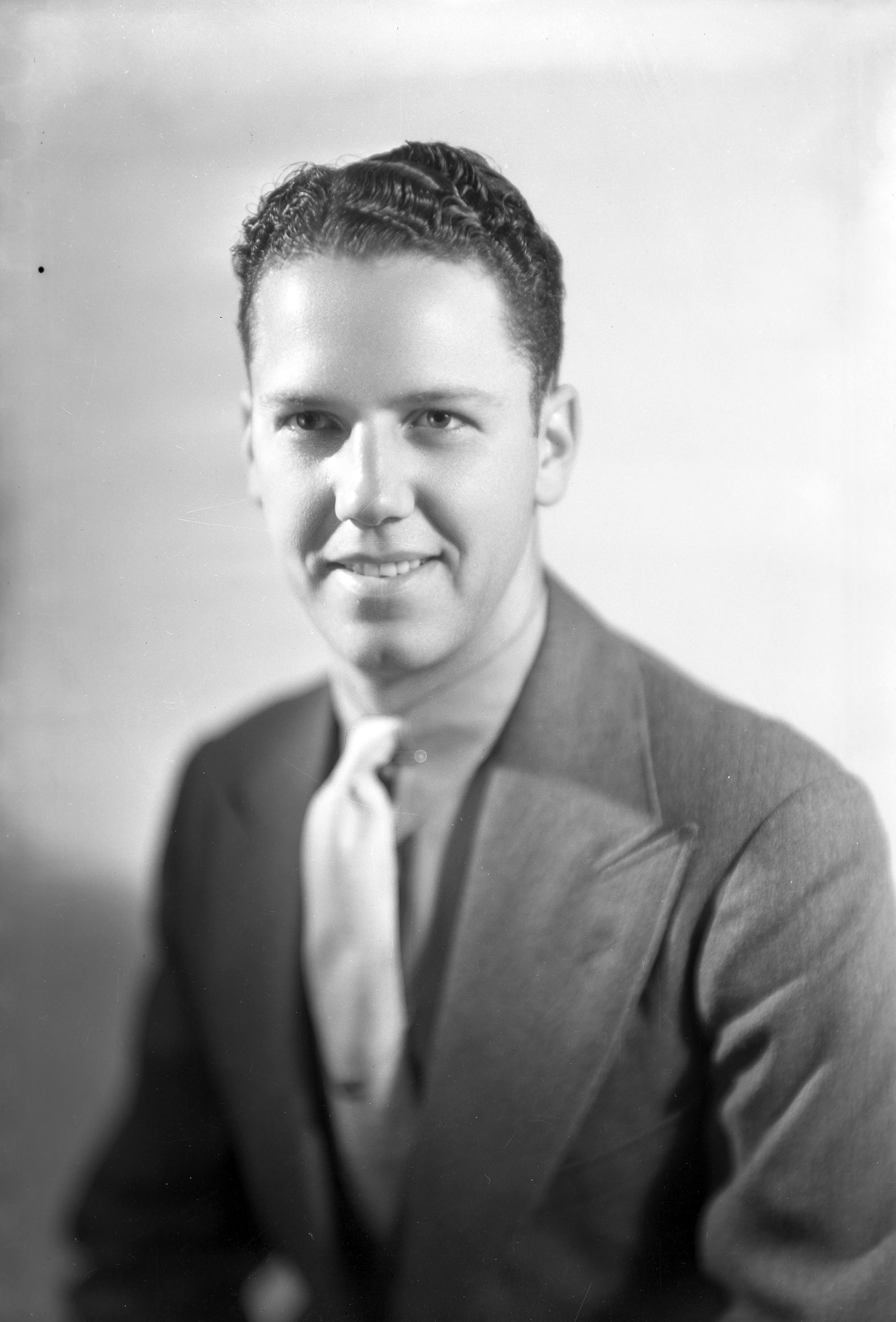
Maj. John M. Hightower

Lt. Marvin Hoover, with James F. Redford, KIA December 11, 1944
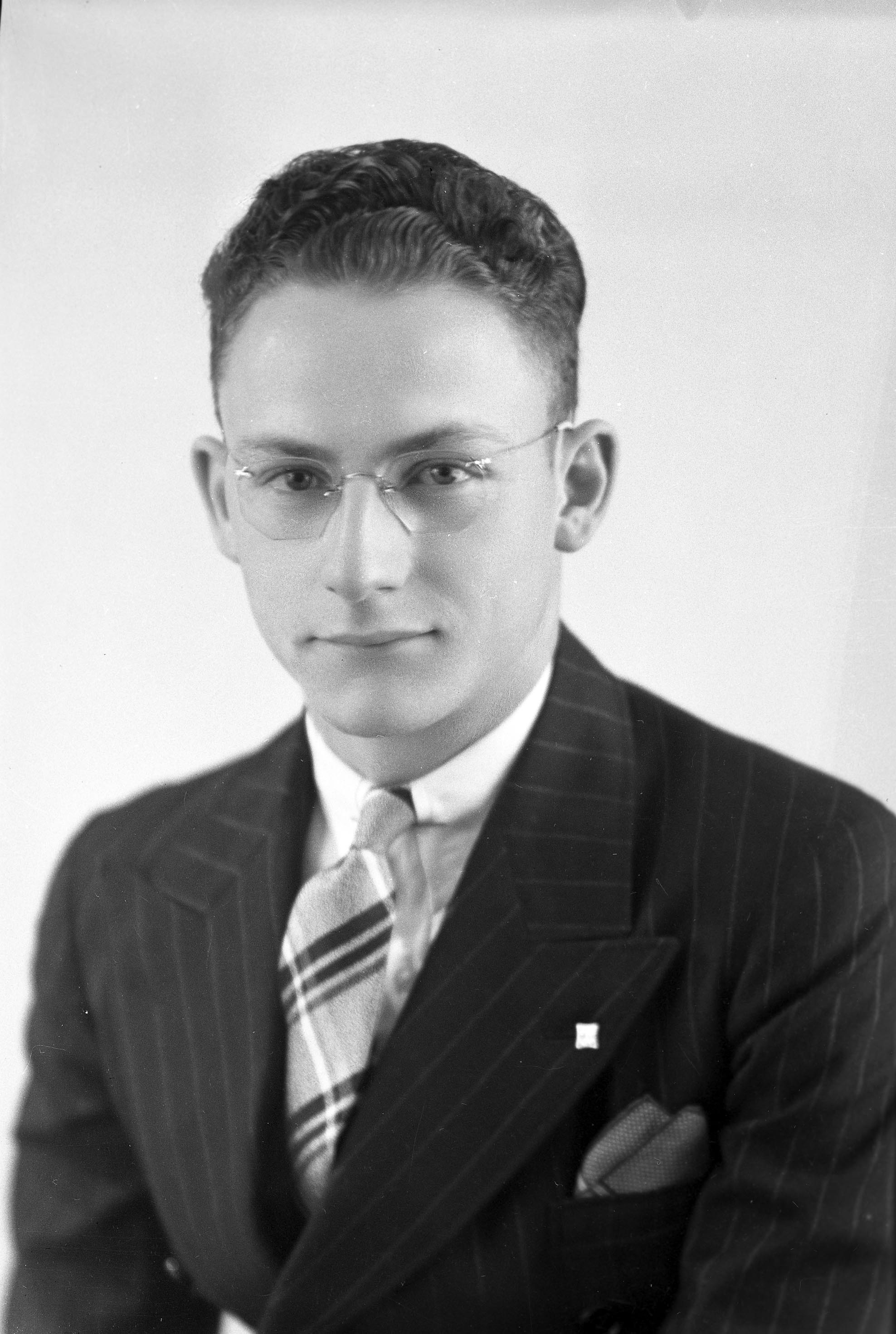
T/Sgt. William Juliana
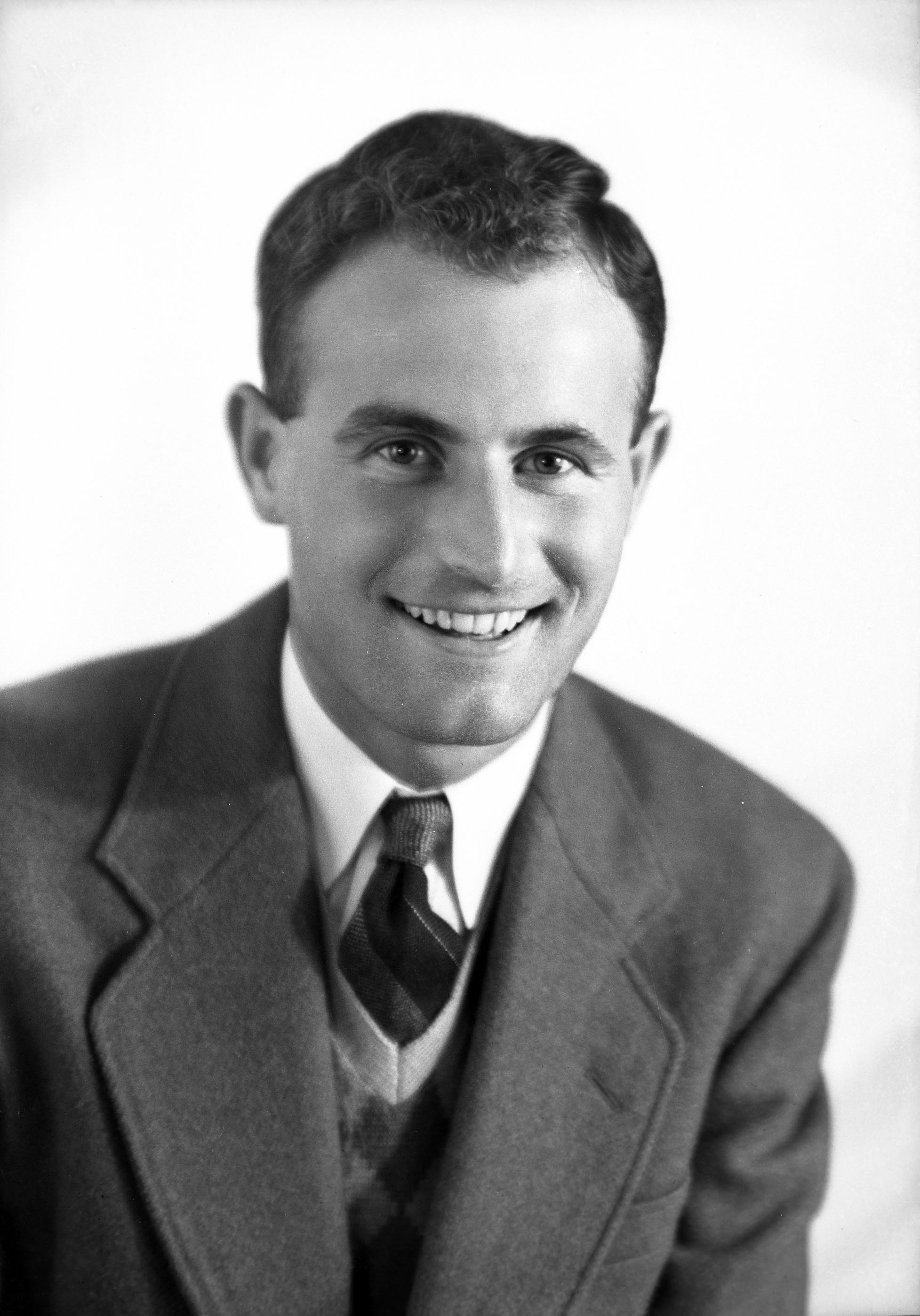
Lt. Dan Kelly

Letter from Pfc. Clyde O. Larrabee to Dean Daniel B. Jett

Letter from Pfc. Clyde O. Larrabee to Dean Daniel B. Jett
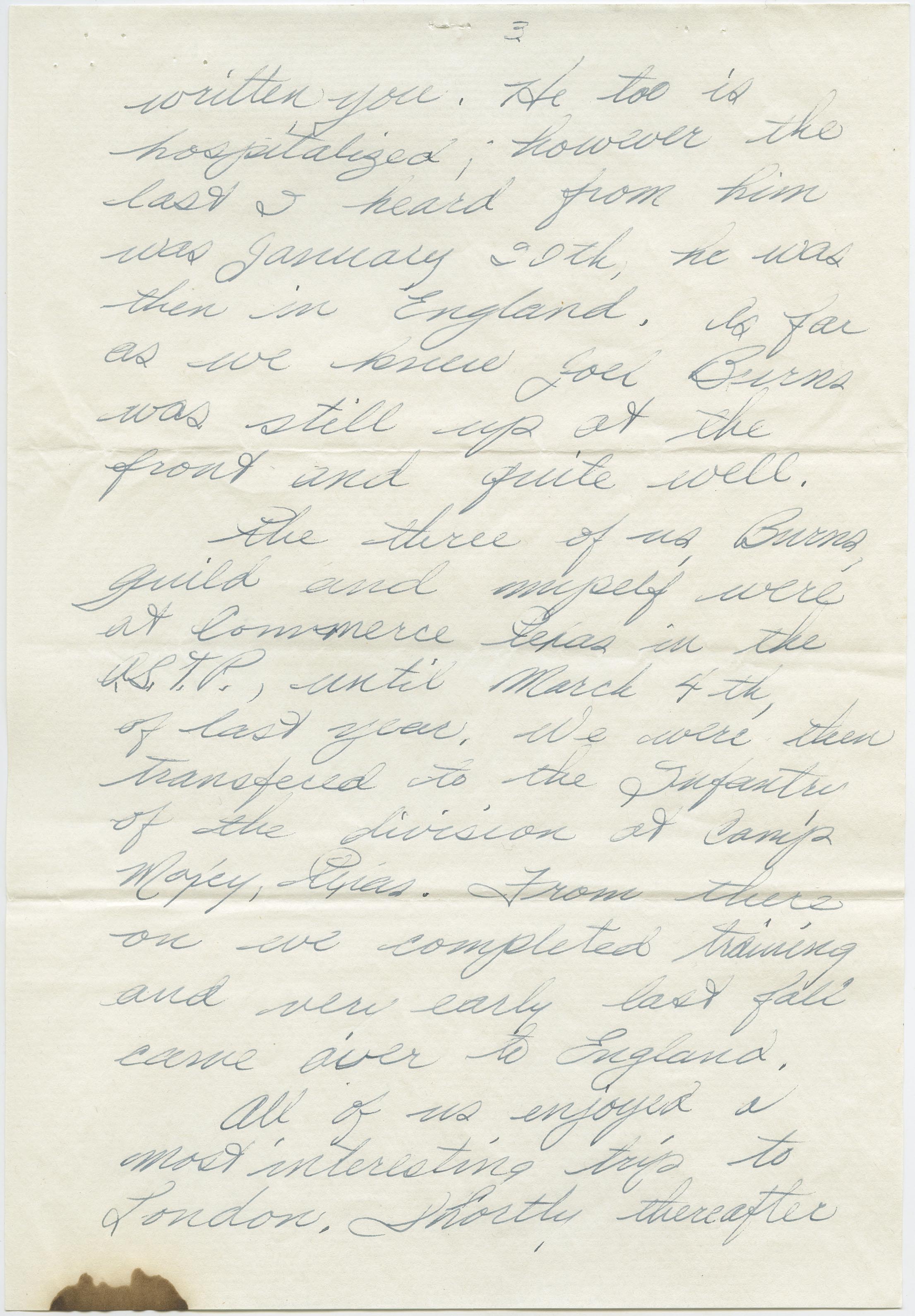
Letter from Pfc. Clyde O. Larrabee to Dean Daniel B. Jett
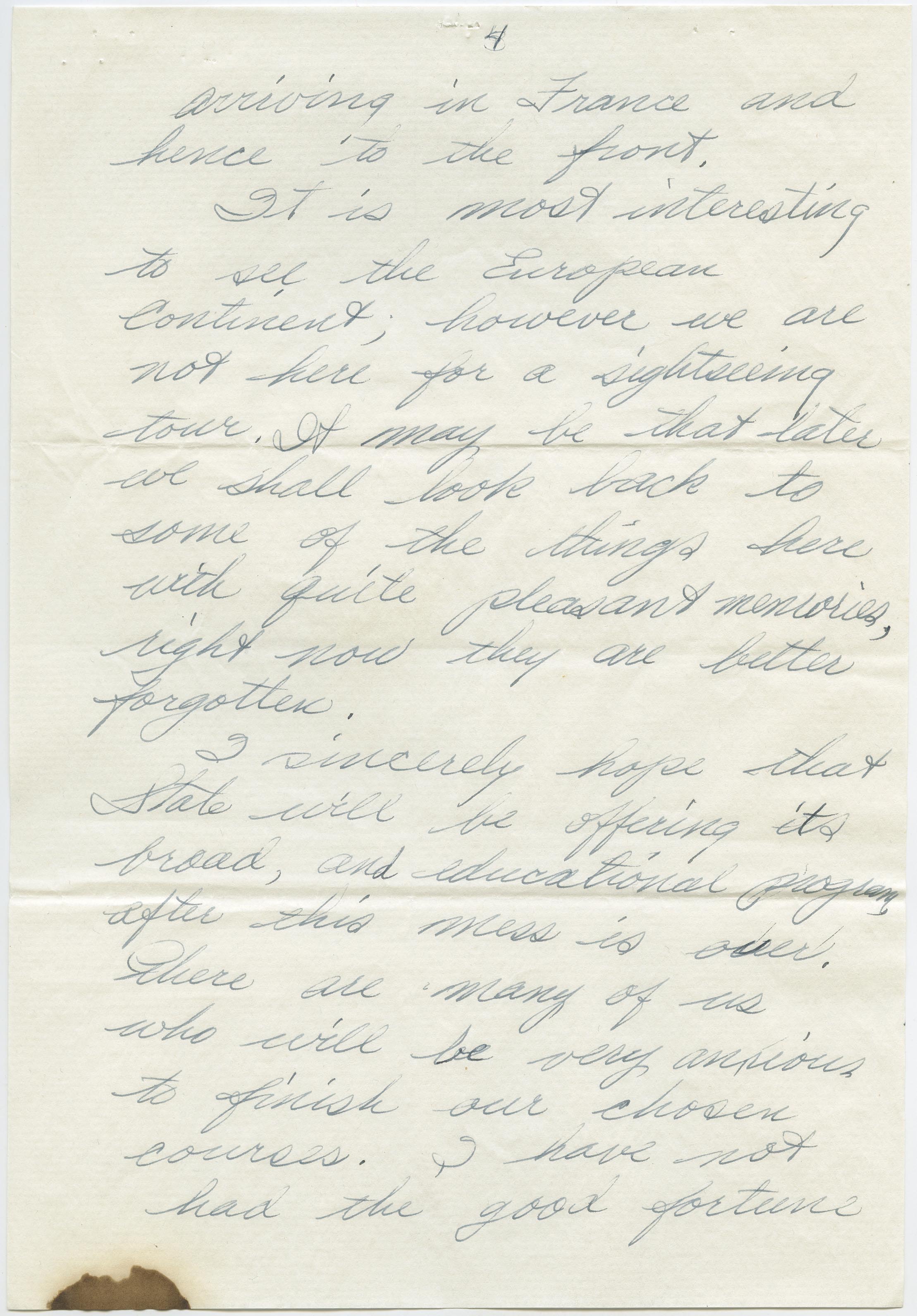
Letter from Pfc. Clyde O. Larrabee to Dean Daniel B. Jett
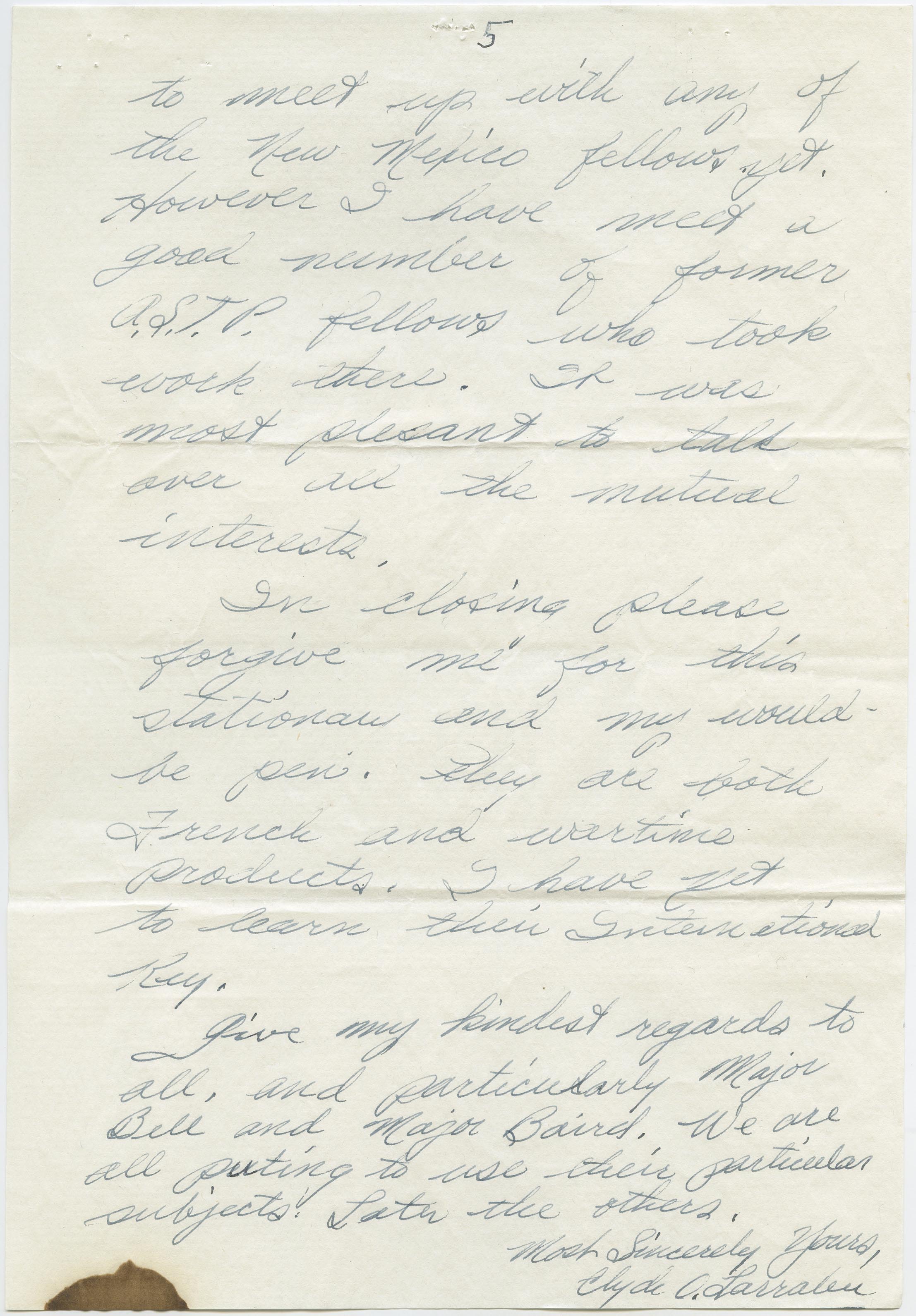
Letter from Pfc. Clyde O. Larrabee to Dean Daniel B. Jett
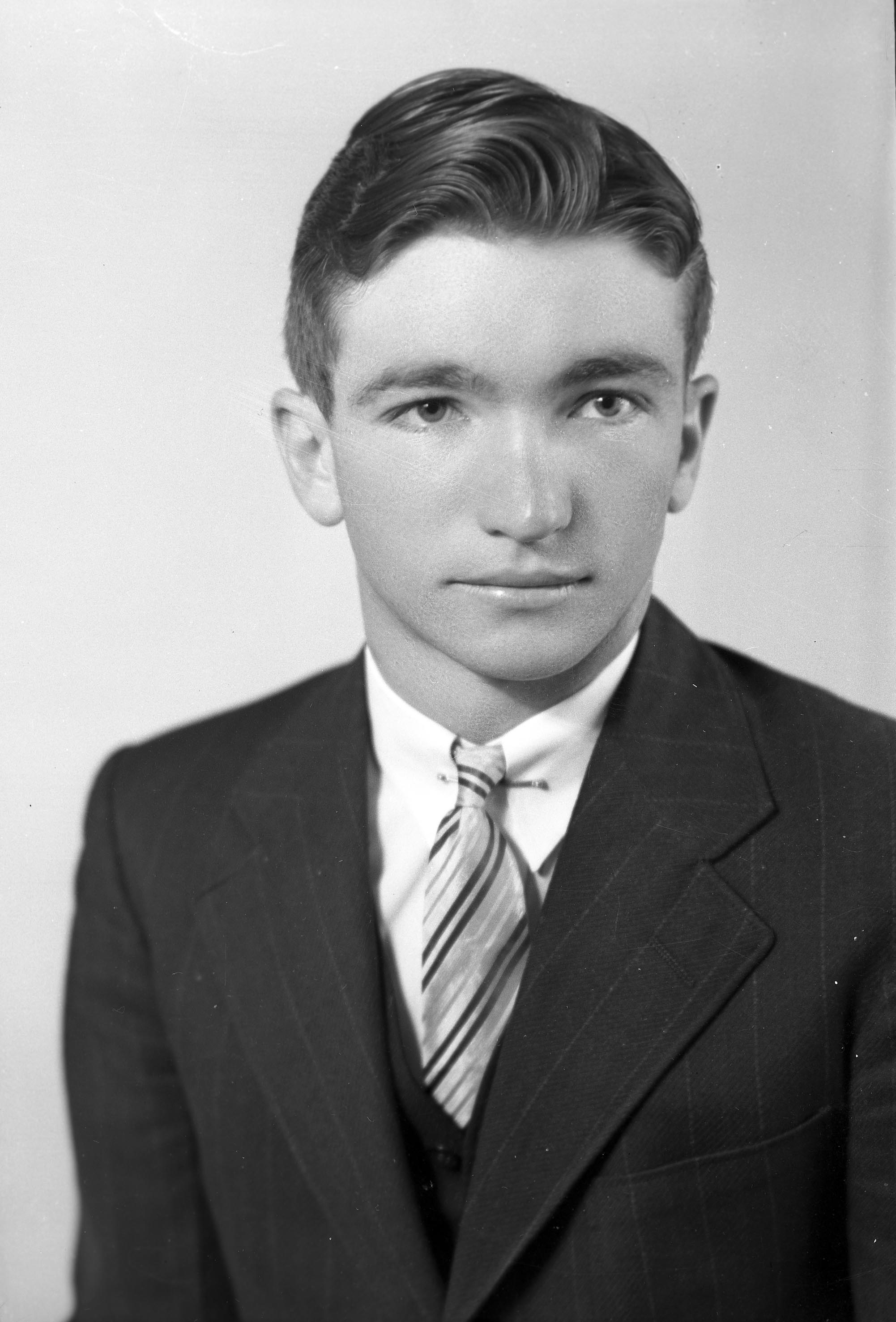
Sgt. James Lusk
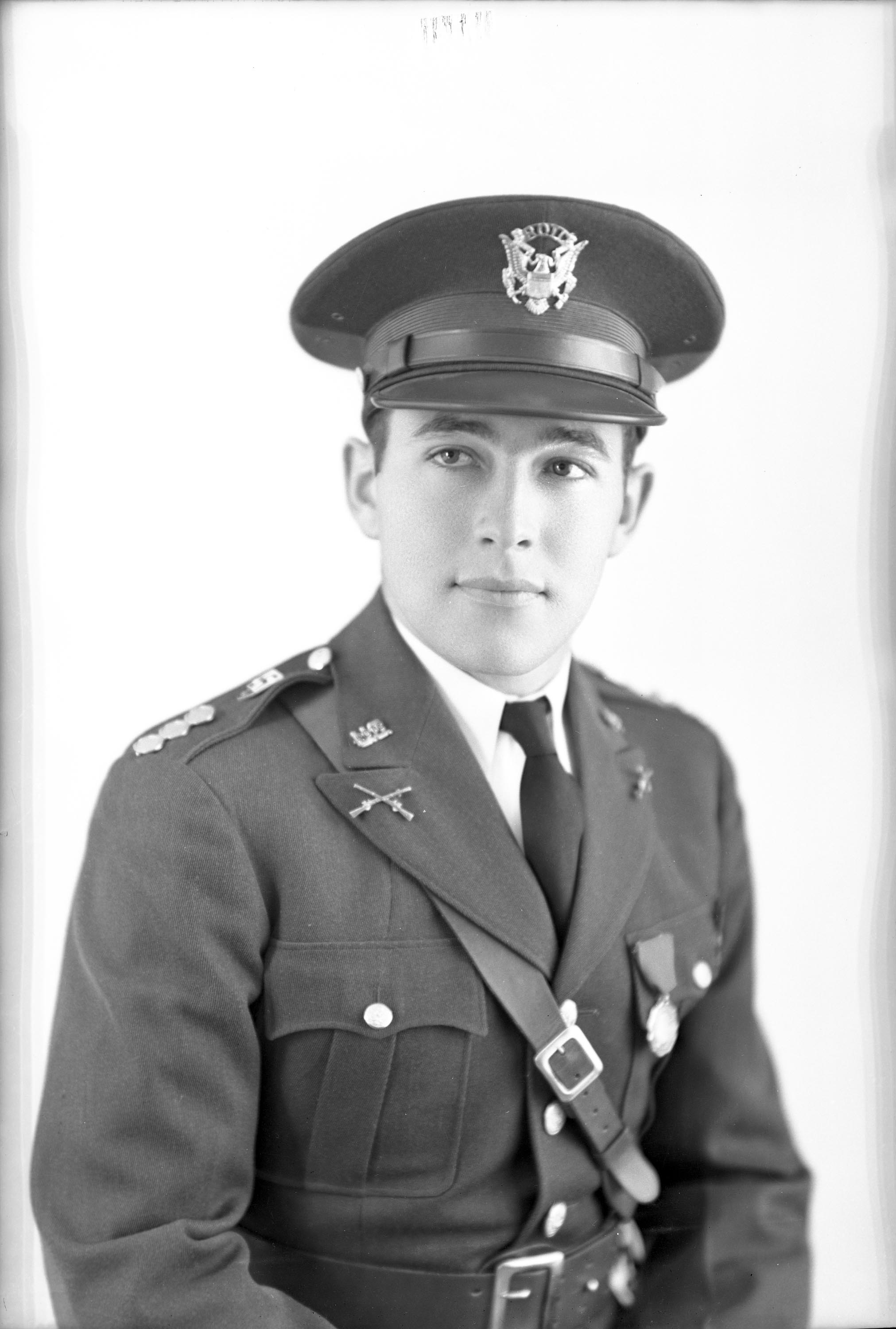
Maj. Lloyd Lyster

Lt. Harold B. McEndarfer
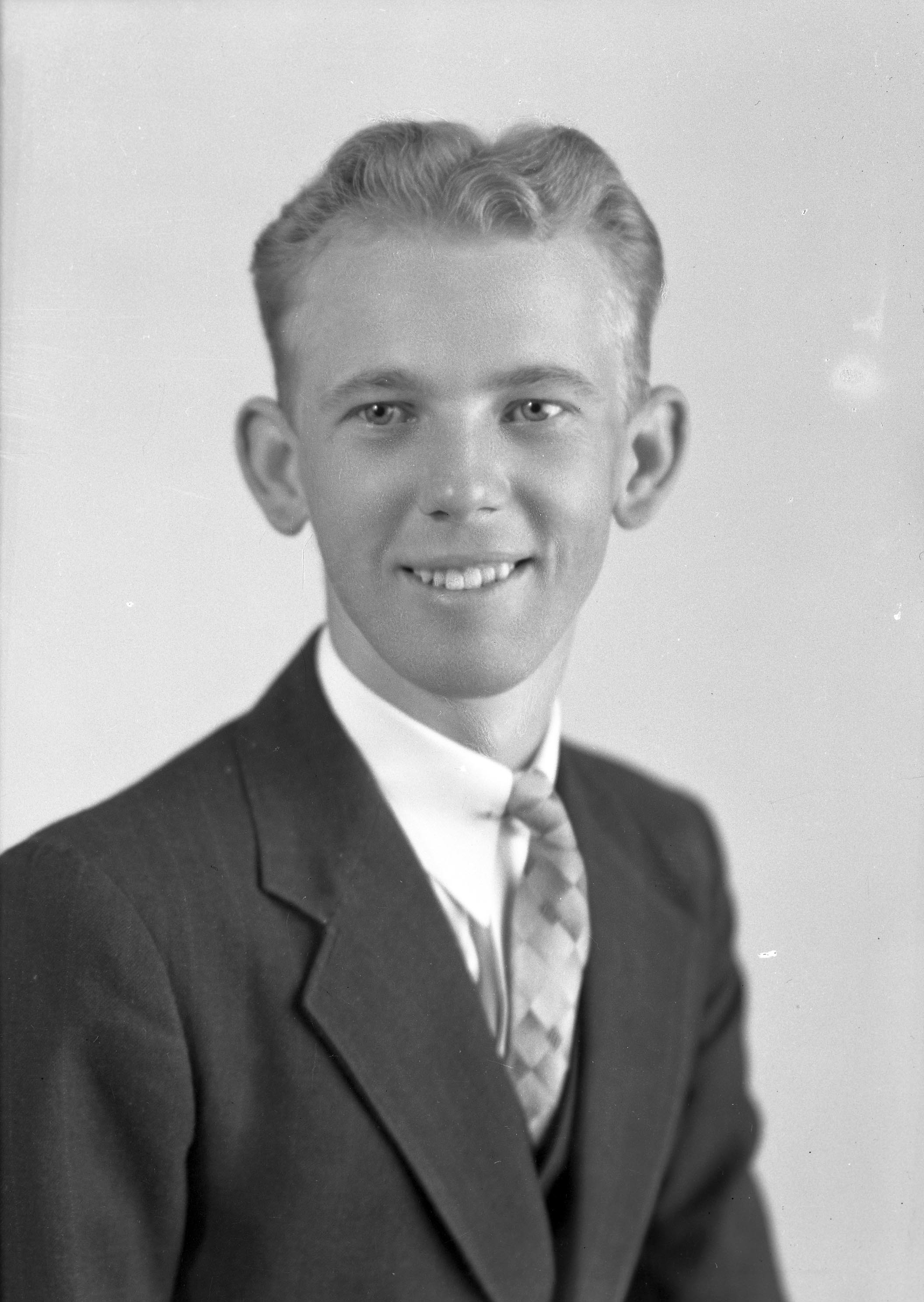
Pvt. Glen Menefee
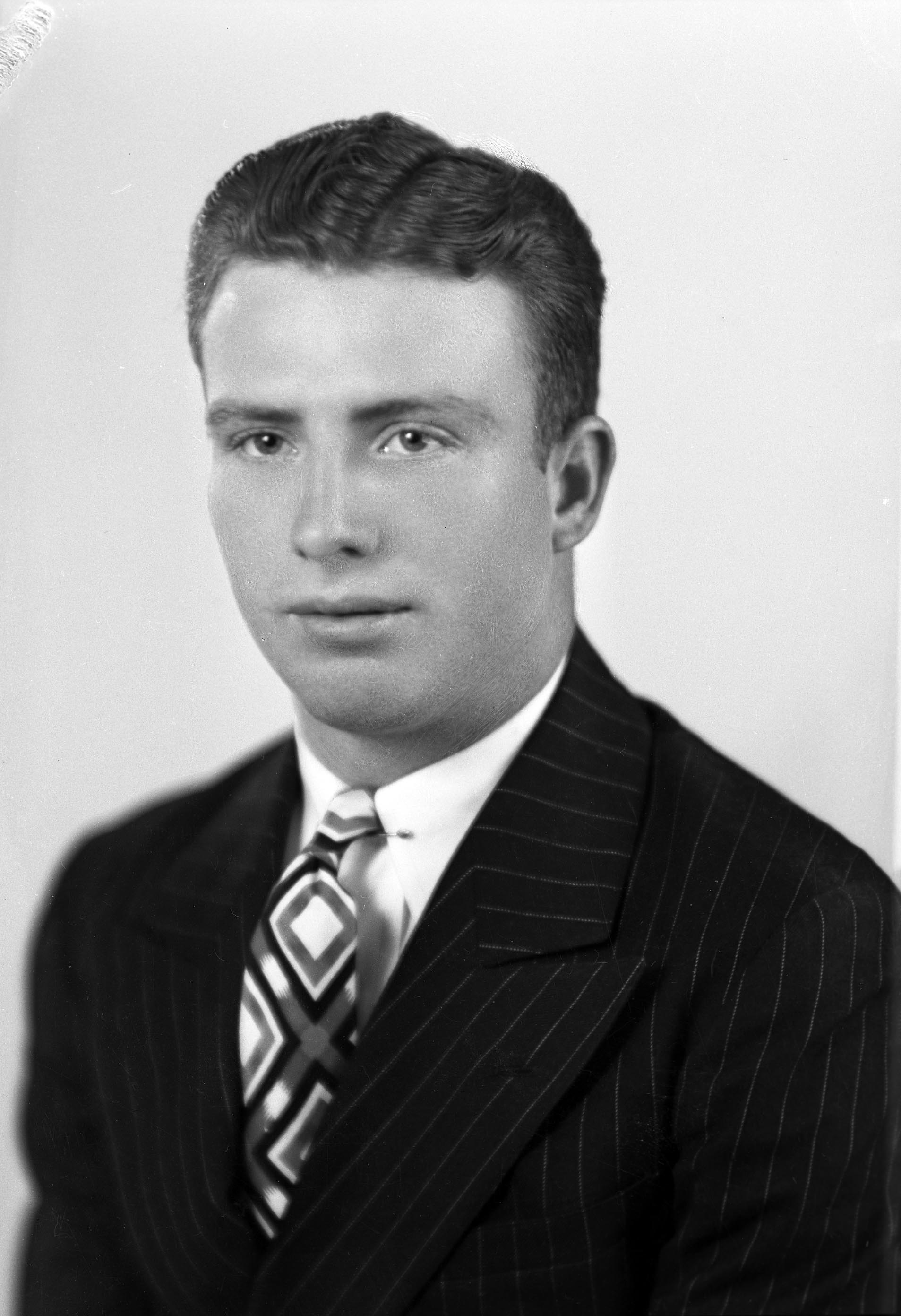
Cpl. William Conwell Mooney

Staff Sgt. Lupito J. Rodriguez
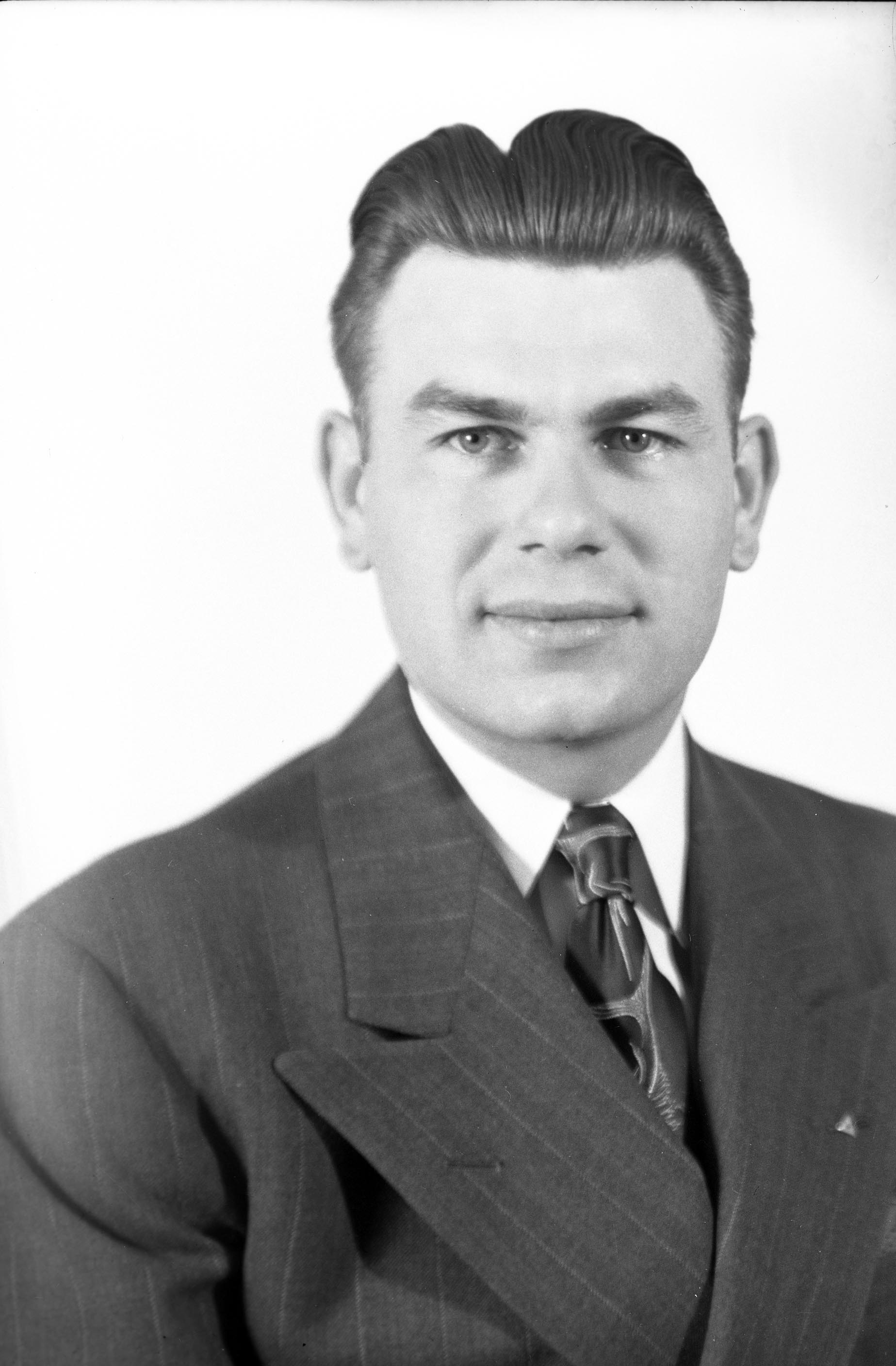
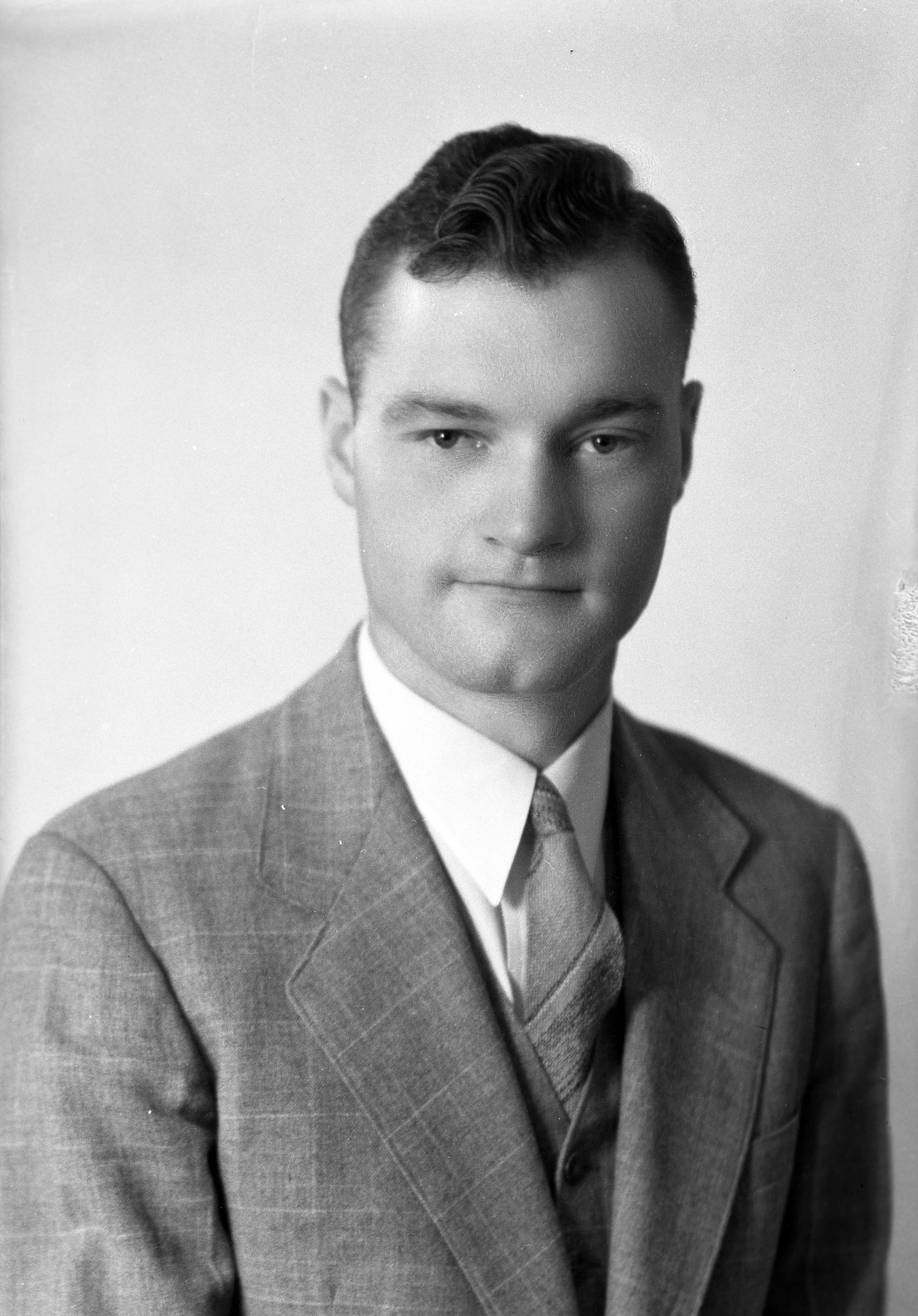
Lt. Cal R. Sylvester
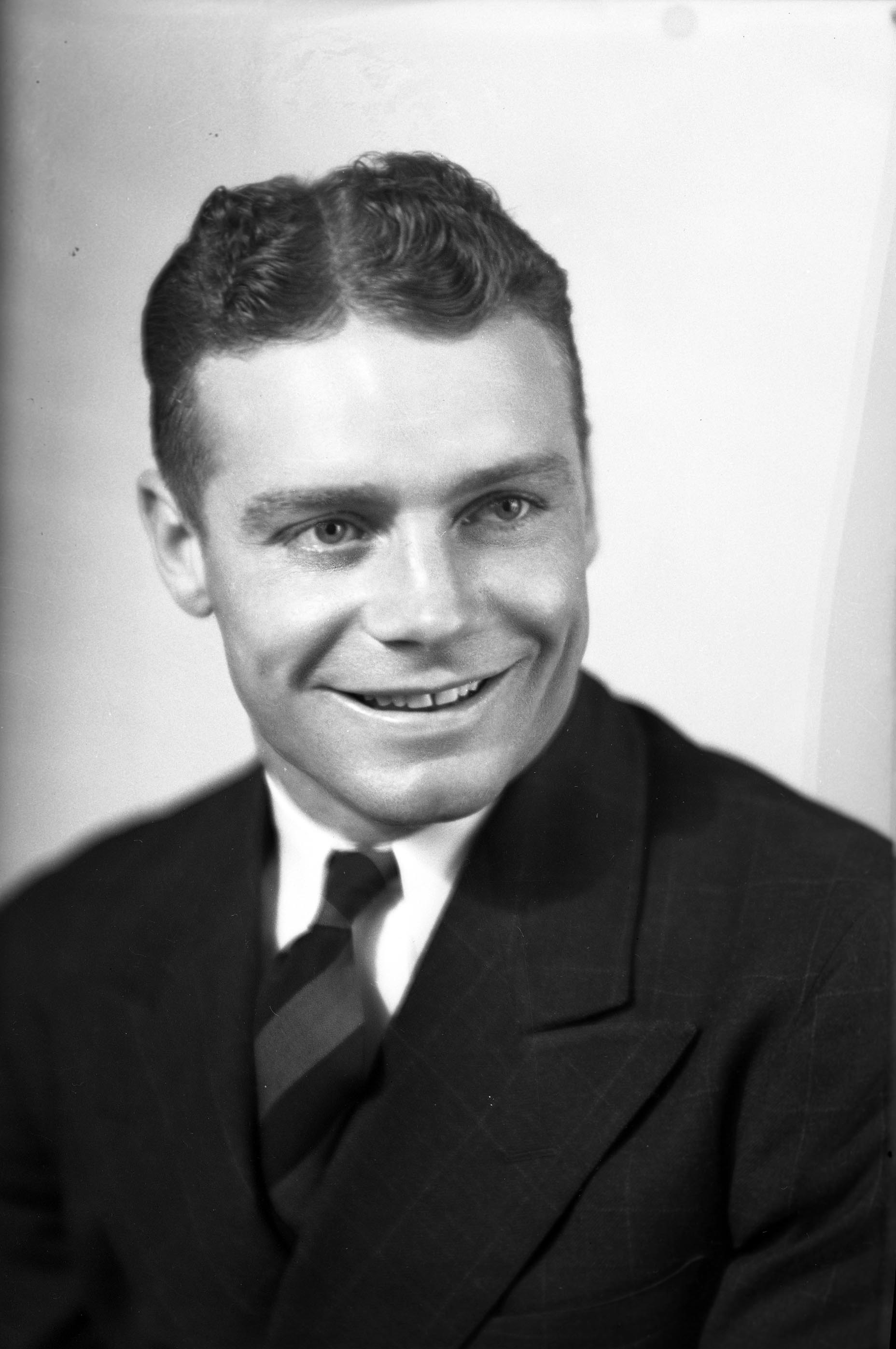
Capt. Leo V. Thieme
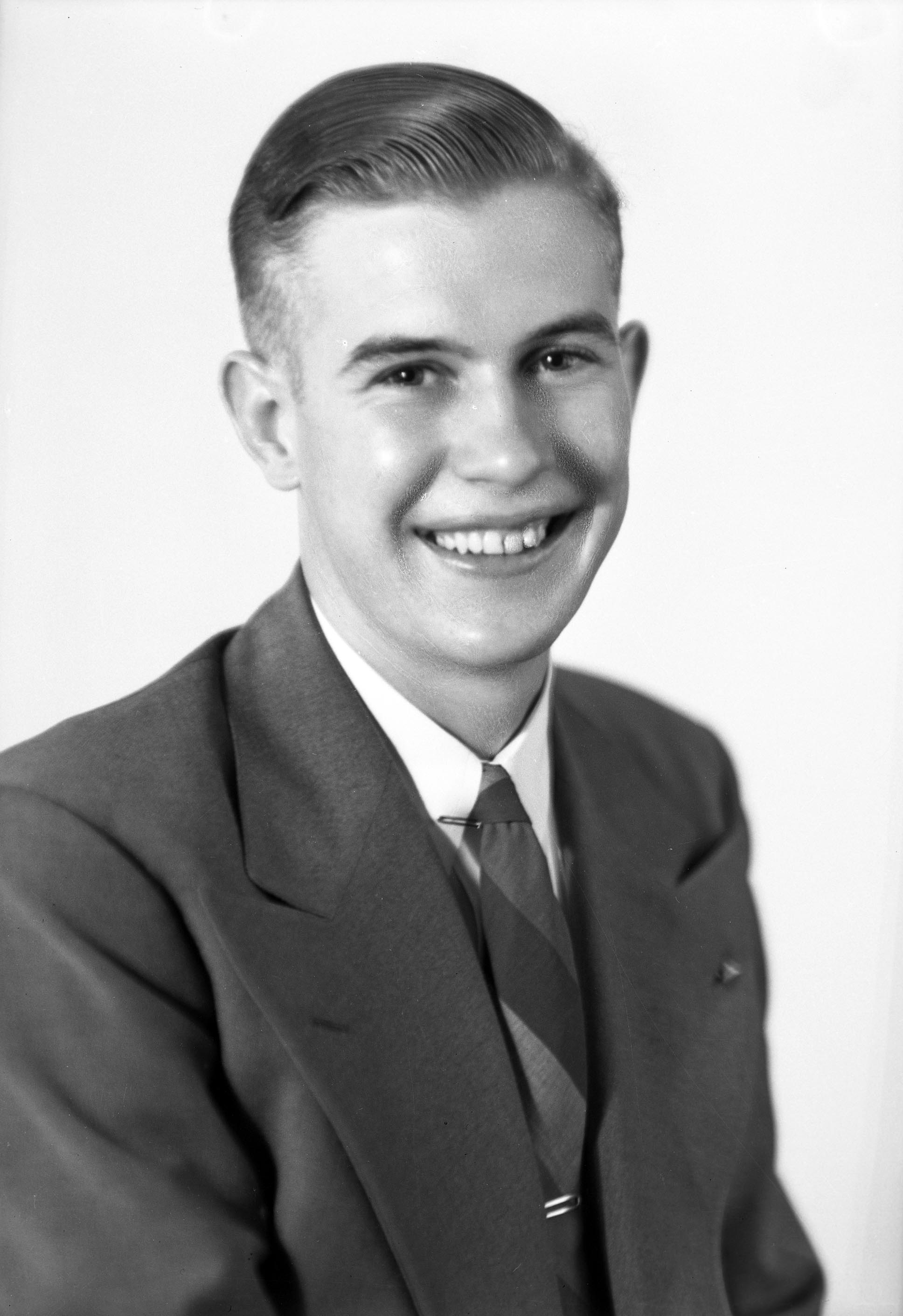
Pvt. James M. Wattam
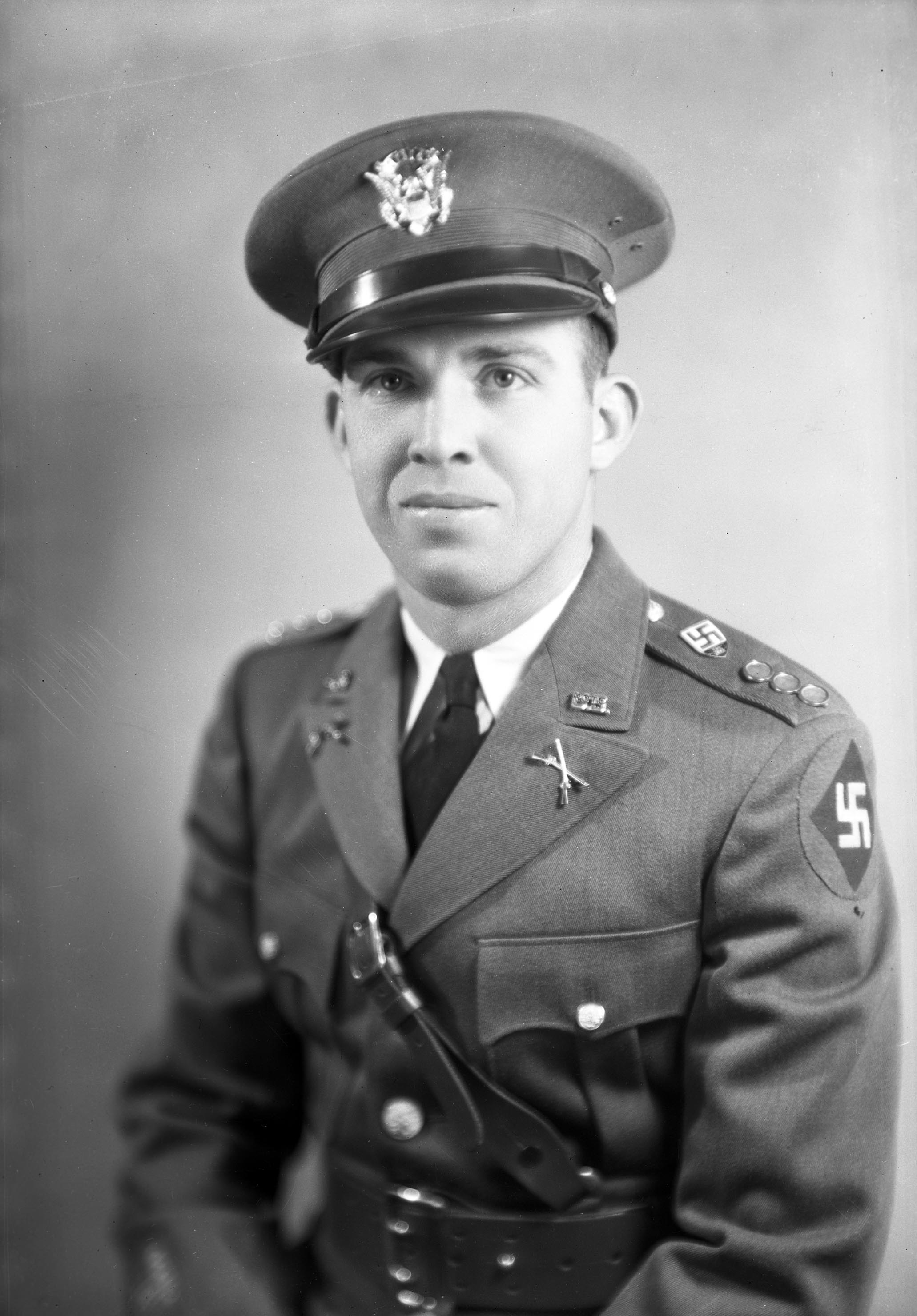
Lt. Charles Hayden Wiley

Letter from Lt. Charles Hayden Wiley to Dean Daniel B. Jett
Aggie Veterans of the Fall Campaign 1944 [based on Dean Jett’s records. May not be comprehensive]
- T/5 James Alexander ’42 [318th General Hospital (Medic)]
- Lt. George Henry Allen [82nd Airborne]
- Capt. Seldon S. Baker [Co. C, 2nd Infantry Tactical Officer]
- Pfc. Allen H. Beck ’45, ’49 [ Co. F. 313th Infantry (airborne glider)]
- Lt. Jesse Max Beene ’42 [Co. L, 320th Infantry]
- Pvt. John Boverie ’46 [Co. C, 16th Bn., 4th Reg. (heavy weapons)]
- Capt. Donald A. Brown ’39 [Co. E, 501st Parachute Infantry, 101st Airborne Division]
- Pfc. Joel Burns ’46 [Co. K, 394th Infantry (combat engineer)]
- Sgt. Francis W. Cade ’45 [Co. A, 393rd Infantry (KIA March 1945 at Remagen)]
- M/Sgt. Robert Carroll ’44 [Co. E. 326th Glider Infantry (German POW)
- Staff Sgt. Sherwood J. Caster ’46 [HQ, 511th Parachute Infantry Regiment (radio chief)]
- Cpl. Woods T. Clark ’45
- Pvt. James G. Clements ’46 [Co. C, 246th Engineer Bn.]
- Lt. Clarence E. Dean ’44 [263rd Port Company Transportation Corps]
- Capt. Benton R. Fritz ’41 [Armored Tank Company 359 (German POW)]
- Maj. Frank E. Gray ’42, ’47 [Co. A., 29th Signal Construction Bn.]
- Capt. Robert Hardgrave ’35 [Co. I, 378th Infantry (rifle company commander)]
- Lt. Dernell F. Hackler ’44 [Army Air Corps, 162nd Tactical Reconnaissance Squadron (pilot)]
- Maj. John M. Hightower ’40 [HQ 3rd Bn., 23rd Infantry (battalion commander)]
- Lt. Marvin Hoover ’43 [HQ Co., 3rd Bn., 330th Infantry]
- Jeff J. Isaacks ’43 [Army Air Force Flight Officer]
- Pfc. Henry Charles Johnson ’43 [Co. I, 3rd Bn., 303rd Rgt., 97th Division (payroll clerk)]
- T/Sgt. William Juliana ’41 [1st Signal Operations Bn.]
- Lt. Dan Kelly [severely wounded at the Siege of St. Lô]
- Pfc. Clyde O. Larrabee ’46 [Co. E, 393rd Infantry]
- Sgt. Donald Lindahl ’45 [933rd Field Artillery Battalion]
- Cpl. Clyde O. Long ’43 [communication clerk]
- Sgt. Jess Lunsford ’45 [Co. M, 117th Infantry]
- Sgt. James Lusk ’44 [Co. L, 424th Infantry]
- Pfc. Herbert Luttrell ’46 [872nd Field Artillery Bn.]
- Maj. Lloyd Lyster ’40 [14th Armored Division (general’s aide)]
- Lt. Robert L. McAdams ’41 [396th Bombardment Group, 595th Squadron Pilot (German POW)]
- Lt. Harold B. McEndarfer ’44 [Service Company, 222nd Infantry]
- Pvt. Glen Menefee ’45 [80th Signal Company (teletype)]
- Pfc. Robert Merritt ’46 [2nd Bn. 80th Infantry Division (rifleman)]
- Cpl. William Conwell Mooney ’41 [Division HQ, 13th Airborne Div.]
- Lt. Roy J. Nicholson ’46 [Air Corps Training Detachment (pilot)]
- Pfc. Raymond Paz ’43 [Co. C, 114th Infantry]
- T/Sgt. Charles H. Provine ’43 [flight engineer, gunner B-17 (German POW)]
- Cpl. Paul R. Rader ’44 [286th Medical Division]
- Lt. Harold L. Rives ’41, ’46 [702nd Tank Bn., Co. D.]
- Pvt. Robert C. Roderick ’45
- Staff Sgt. Lupito J. Rodriguez ’43 [Co. C, 422nd Infantry (German POW)]
- Pvt. Ernest N. Shropshire [1109 Signal Company, 312 Service Group]
- Lt. Alva Ray Smith ’42 [HW 303rd Infantry]
- Capt. Wyatt R. Stanley ‘33 [bomb disposal]
- Cpl. Albert A. Stubbs ’46 [HQ 410th Bomb Group (military police)]
- Lt. Cal R. Sylvester ’43 [Co. H, 2nd Platoon, 4th Infantry Div.]
- Capt. Leo V. Thieme ’43 [Armored Infantry (German POW)]
- Pvt. James M. Wattam ’45 [326th Airborne Glider Infantry Regiment]
- Lt. Charles Hayden Wiley ’37 [Third Bn., 116th Infantry, 99th Division (wounded at Vire, France August 7, 1944)]
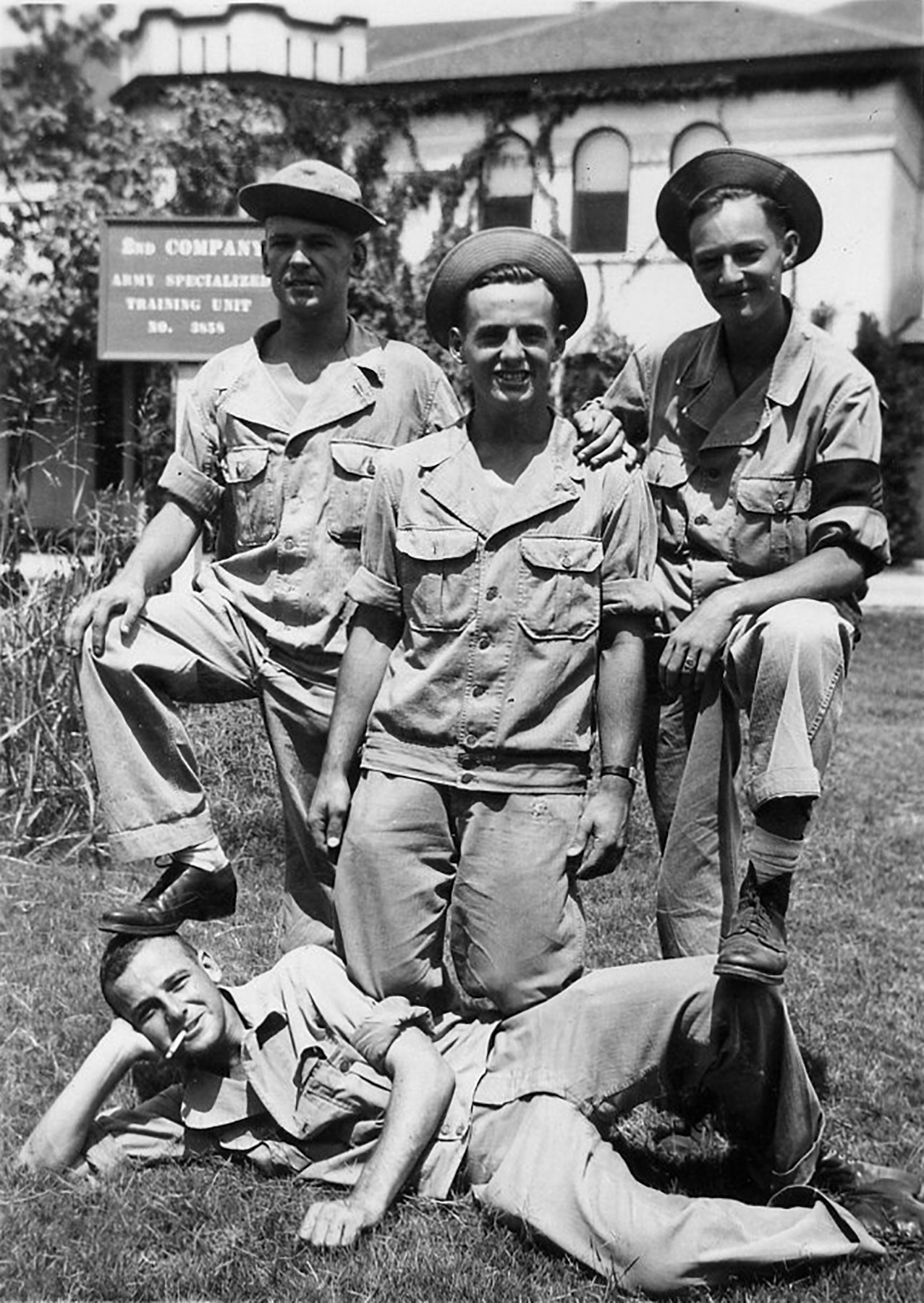
The United States War Department constituted the Army Specialized Training Program (ASTP) in September 1942 to guarantee a “continuous and accelerated flow of high-grade technicians and specialists needed by the Army.” Unable to provide training facilities itself, the Army proposed to contract with colleges and universities throughout the country to receive and house soldiers and provide instruction in certain areas of prescribed study. New Mexico State College received its first contingent of ASTP soldiers in the late spring of 1943. In all, nearly 800 men—officially known as Unit 3858– reported to the college in the next year and a half, at which time the program was precipitously abandoned. Men who had expected to be trained as specialists with prioritized commissions suddenly found themselves as privates re-routed into ground forces in preparation for major operations in Western Europe. Some ended up on the front lines with the 12th Armored Division’s 66th Armored Infantry Battalion—the so-called “Hellcats.” Most of the ASTP students had concentrated on engineering classes and many developed a close relationship with Dean of Engineering Daniel Jett. As they shipped off, they continued to correspond with him. Because of their front-line assignments, casualties were extremely high: approximately nineteen ended up in POW camps; almost 30 men lost their lives. A large number were badly wounded: Sgt. Charles F. Dietz of the 1252nd Engineers Combat Battalion lost both legs during the Battle of the Bulge. In the space of four months in Belgium, Cpl. Michael Deffley received 5 wounds resulting in 3 Purple Hearts. A sniper’s bullet penetrated the face and shoulder of Sgt. Ward D. McGill. Staff Sgt. Robert Davis spent five months in Stalag XIII before liberation.
The ASTP soldiers, unfortunately, did not sit for individual photographs while at the college. The letters many wrote back to Dean Jett, however, described in often vivid detail their wartime experiences and created an impression of highly perceptive, articulate, and heroic young men.
- Pfc. Robert Zulin [Radio Operator in Tank Destroyer Battalion]
- Sgt. Julian Fields Granger [HQ and Service Troop, Thirty-second Cavalry Reconnaissance Squadron]
- Pvt. Garnett Belden Long [Infantry]
- Sgt. Michael Joseph Deffley
- Sgt. Ward Douglas McGill
![Letter from Pfc. Robert Zulin [Radio Operator in Tank Destroyer Battalion] to Dean Daniel B. Jett](galleries/astp-gallery/astp-gallery-images/UA074_Zulin,Robert033_opt.jpg)
Letter from Pfc. Robert Zulin [Radio Operator in Tank Destroyer Battalion] to Dean Daniel B. Jett
![Letter from Pfc. Robert Zulin [Radio Operator in Tank Destroyer Battalion] to Dean Daniel B. Jett](galleries/astp-gallery/astp-gallery-images/UA074_Zulin,Robert034_opt.jpg)
Handwritten Letter from Pfc. Robert Zulin [Radio Operator in Tank Destroyer Battalion] to Dean Daniel B. Jett
![Letter from Pfc. Robert Zulin [Radio Operator in Tank Destroyer Battalion] to Dean Daniel B. Jett](galleries/astp-gallery/astp-gallery-images/UA074_Zulin,Robert035_opt.jpg)
Handwritten Letter from Pfc. Robert Zulin [Radio Operator in Tank Destroyer Battalion] to Dean Daniel B. Jett
![Letter from Pfc. Robert Zulin [Radio Operator in Tank Destroyer Battalion] to Dean Daniel B. Jett](galleries/astp-gallery/astp-gallery-images/UA074_Zulin,Robert036_opt.jpg)
Handwritten Letter from Pfc. Robert Zulin [Radio Operator in Tank Destroyer Battalion] to Dean Daniel B. Jett
![Letter from Pfc. Robert Zulin [Radio Operator in Tank Destroyer Battalion] to Dean Daniel B. Jett](galleries/astp-gallery/astp-gallery-images/UA074_Zulin,Robert037_opt.jpg)
Handwritten Letter from Pfc. Robert Zulin [Radio Operator in Tank Destroyer Battalion] to Dean Daniel B. Jett
![Letter from Pfc. Robert Zulin [Radio Operator in Tank Destroyer Battalion] to Dean Daniel B. Jett](galleries/astp-gallery/astp-gallery-images/UA074_Zulin,Robert038_opt.jpg)
Handwritten Letter from Pfc. Robert Zulin [Radio Operator in Tank Destroyer Battalion] to Dean Daniel B. Jett
![Letter from Pfc. Robert Zulin [Radio Operator in Tank Destroyer Battalion] to Dean Daniel B. Jett](galleries/astp-gallery/astp-gallery-images/UA074_Zulin,Robert039_opt.jpg)
Handwritten Letter from Pfc. Robert Zulin [Radio Operator in Tank Destroyer Battalion] to Dean Daniel B. Jett
![Letter from Pfc. Robert Zulin [Radio Operator in Tank Destroyer Battalion] to Dean Daniel B. Jett](galleries/astp-gallery/astp-gallery-images/UA074_Zulin,Robert040_opt.jpg)
Handwritten Letter from Pfc. Robert Zulin [Radio Operator in Tank Destroyer Battalion] to Dean Daniel B. Jett
![Letter from Sgt. Julian Fields Granger [HQ and Service Troop, Thirty-second Cavalry Reconnaissance Squadron] to Dean Daniel B. Jett](galleries/astp-gallery/astp-gallery-images/UA074_Granger,Julian030_opt.jpg)
Typed Letter from Sgt. Julian Fields Granger [HQ and Service Troop, Thirty-second Cavalry Reconnaissance Squadron] to Dean Daniel B. Jett
![Letter from Pvt. Garnett Belden Long's [Infantry] mother to Dean Daniel B. Jett](galleries/astp-gallery/astp-gallery-images/UA074_Long,Garnett001_opt.jpg)
Handwritten Letter from Pvt. Garnett Belden Long's [Infantry] mother to Dean Daniel B. Jett
![Letter from Pvt. Garnett Belden Long's [Infantry] mother to Dean Daniel B. Jett](galleries/astp-gallery/astp-gallery-images/UA074_Long,Garnett002_opt.jpg)
Handwritten Letter from Pvt. Garnett Belden Long's [Infantry] mother to Dean Daniel B. Jett
![Letter from Dean Daniel B. Jett to Pvt. Garnett Belden Long's [Infantry] mother](galleries/astp-gallery/astp-gallery-images/UA074_Long,Garnett003_opt.jpg)
Typed Letter from Bob Foster to Pvt. Garnett Belden Long's [Infantry] parents
![Letter from Bob Foster to Pvt. Garnett Belden Long's [Infantry] parents](galleries/astp-gallery/astp-gallery-images/UA074_Long,Garnett004_opt.jpg)
Typed Letter from Bob Foster to Pvt. Garnett Belden Long's [Infantry] parents
![Letter from Bob Foster to Pvt. Garnett Belden Long's [Infantry] parents](galleries/astp-gallery/astp-gallery-images/UA074_Long,Garnett005_opt.jpg)
Typed Letter from Bob Foster to Pvt. Garnett Belden Long's [Infantry] parents
![Letter from Pvt. Garnett Belden Long's [Infantry] mother to Dean Daniel B. Jett](galleries/astp-gallery/astp-gallery-images/UA074_Long,Garnett006_opt.jpg)
Handwritten Letter from Pvt. Garnett Belden Long's [Infantry] mother to Dean Daniel B. Jett
![Letter from Pvt. Garnett Belden Long's [Infantry] mother to Dean Daniel B. Jett](galleries/astp-gallery/astp-gallery-images/UA074_Long,Garnett007_opt.jpg)
Handwritten Letter from Pvt. Garnett Belden Long's [Infantry] mother to Dean Daniel B. Jett
![Letter from Dean Daniel B. Jett to Pvt. Garnett Belden Long's [Infantry] mother](galleries/astp-gallery/astp-gallery-images/UA074_Long,Garnett008_opt.jpg)
Typed Letter from Sgt. Michael Joseph Deffley to Dean Daniel B. Jett
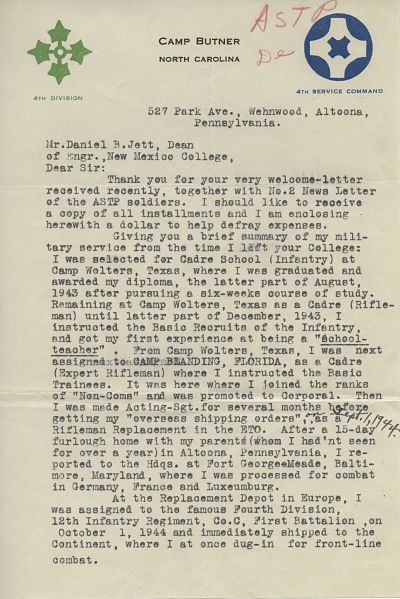
Typed Letter from Sgt. Michael Joseph Deffley to Dean Daniel B. Jett
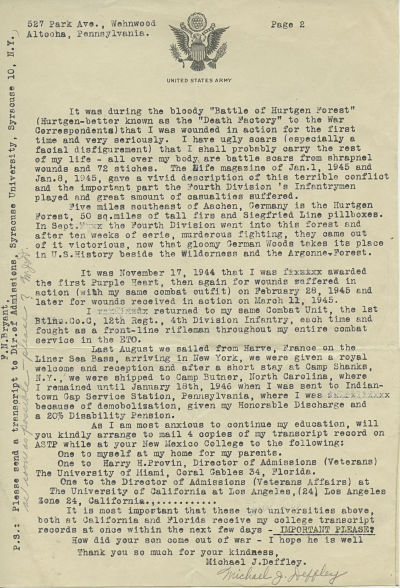
Typed Letter from Sgt. Michael Joseph Deffley to Dean Daniel B. Jett
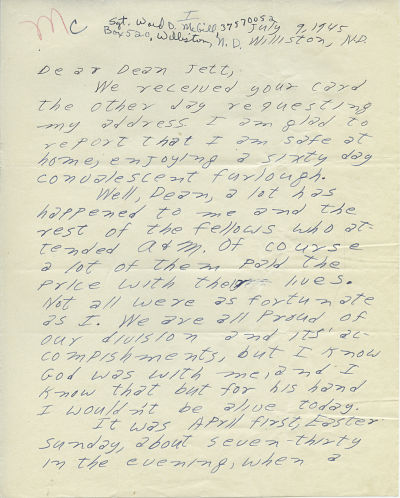
Handwritten Letter from Sgt. Ward Douglas McGill to Dean Daniel B. Jett
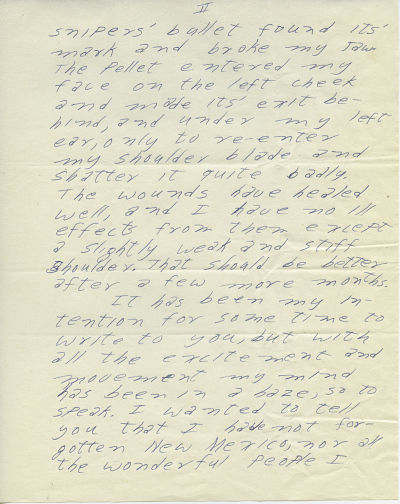
Handwritten Letter from Sgt. Ward Douglas McGill to Dean Daniel B. Jett
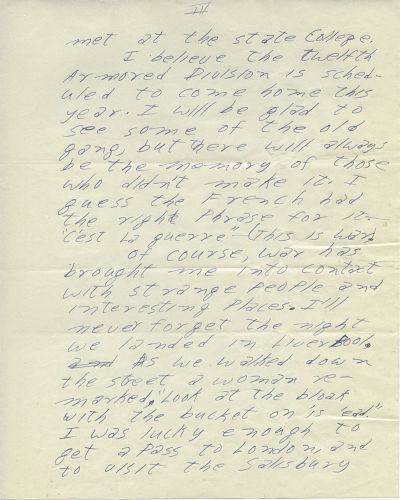
Handwritten Letter from Sgt. Ward Douglas McGill to Dean Daniel B. Jett
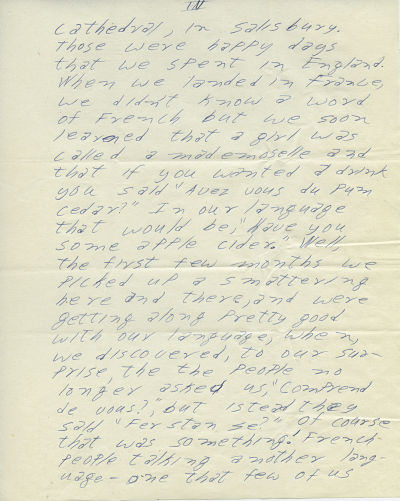
Handwritten Letter from Sgt. Ward Douglas McGill to Dean Daniel B. Jett
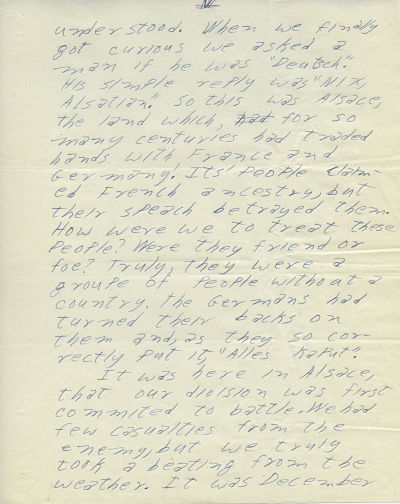
Handwritten Letter from Sgt. Ward Douglas McGill to Dean Daniel B. Jett
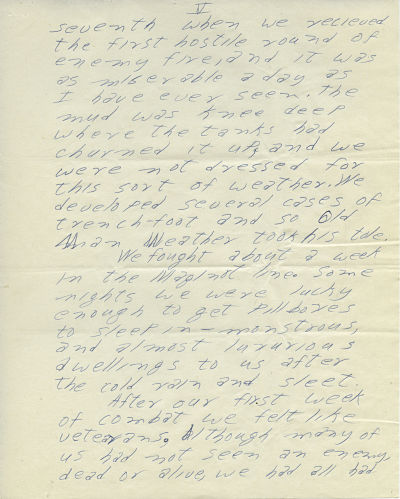
Handwritten Letter from Sgt. Ward Douglas McGill to Dean Daniel B. Jett
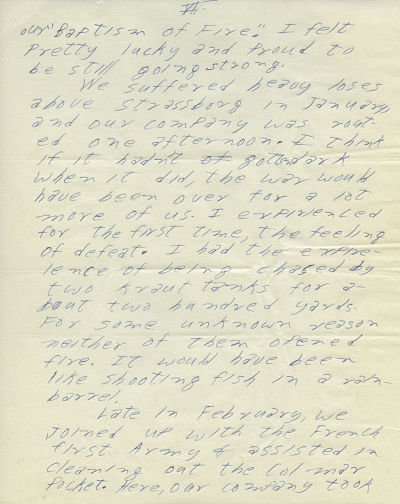
Handwritten Letter from Sgt. Ward Douglas McGill to Dean Daniel B. Jett
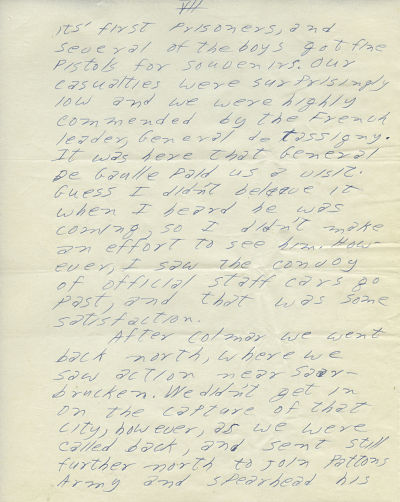
Handwritten Letter from Sgt. Ward Douglas McGill to Dean Daniel B. Jett
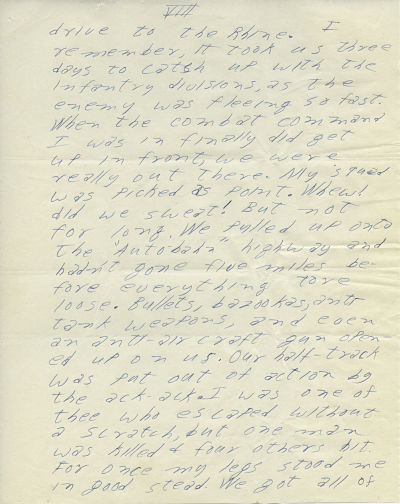
Handwritten Letter from Sgt. Ward Douglas McGill to Dean Daniel B. Jett
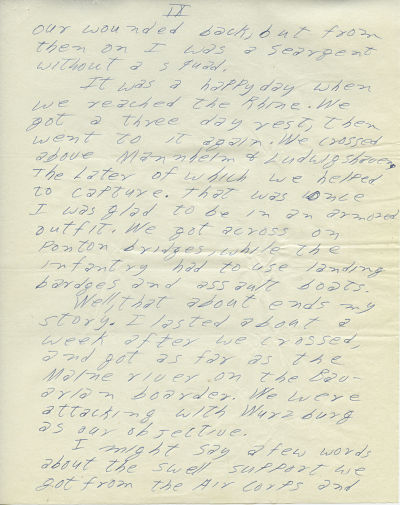
Handwritten Letter from Sgt. Ward Douglas McGill to Dean Daniel B. Jett
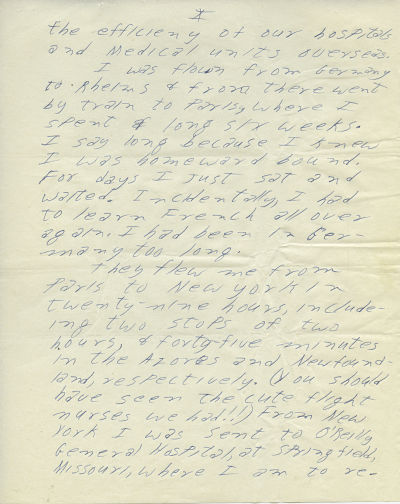
Handwritten Letter from Sgt. Ward Douglas McGill to Dean Daniel B. Jett
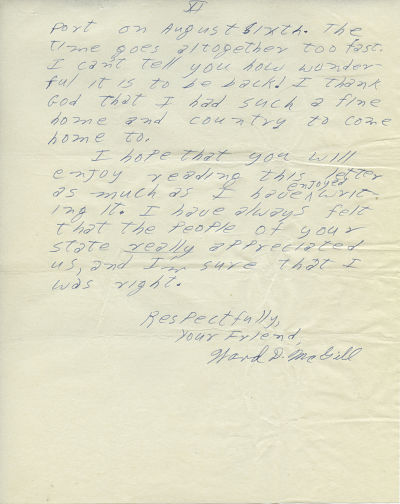
Handwritten Letter from Sgt. Ward Douglas McGill to Dean Daniel B. Jett
Known affectionately to his students as “Dad” Jett, Dean Daniel Jett was easily the best-loved professor of his era at “State College.” During the war years, he composed class newsletters and wrote scores of letters to each of the men and women of the school who served overseas or stateside. The tireless and dedicated energy and enthusiasm of the Dean boosted morale among those fighting in all theatres of the war as well as those at home fighting to keep the school on an even keel during hard times.
The letters Dad Jett wrote currently reside among the holdings of the Hobson-Huntsinger University Archives of the New Mexico State University Library. These vivid letters bring alive the daily activities as well as the struggles and achievements of the young Aggie men and women who participated in cataclysmic and world-changing events.
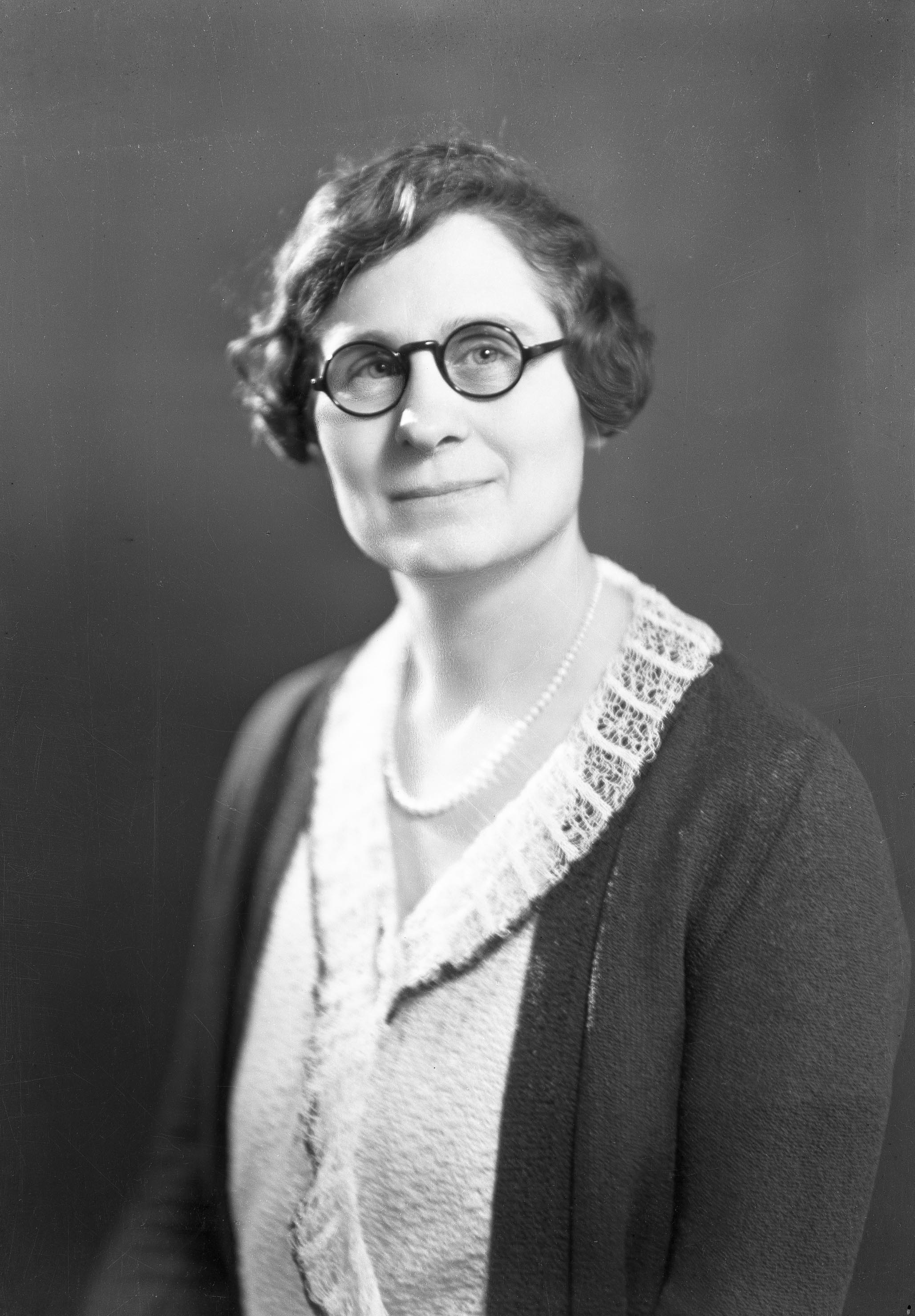
Miss Rentfrow has been named an Aggie Legend for her contributions to, and impact on, what is today New Mexico State University. She came to the school as a preparatory student and graduated from the college in 1919, the same year she began working there. In 1922 she became a college registrar, a position that guaranteed she knew every student in the institution. More than a mere recorder of information, she was renowned for her whole-hearted support of the school’s students and alumni.
As a young woman, she had lost her fiancé, Joe Quesenberry, killed during World War I. Perhaps motivated by this loss, she dedicated herself to preserving the memory of the nearly 150 Aggies who perished during World War II. Over the years she gathered photographs and biographical information for display in the University’s Memorial Tower.
